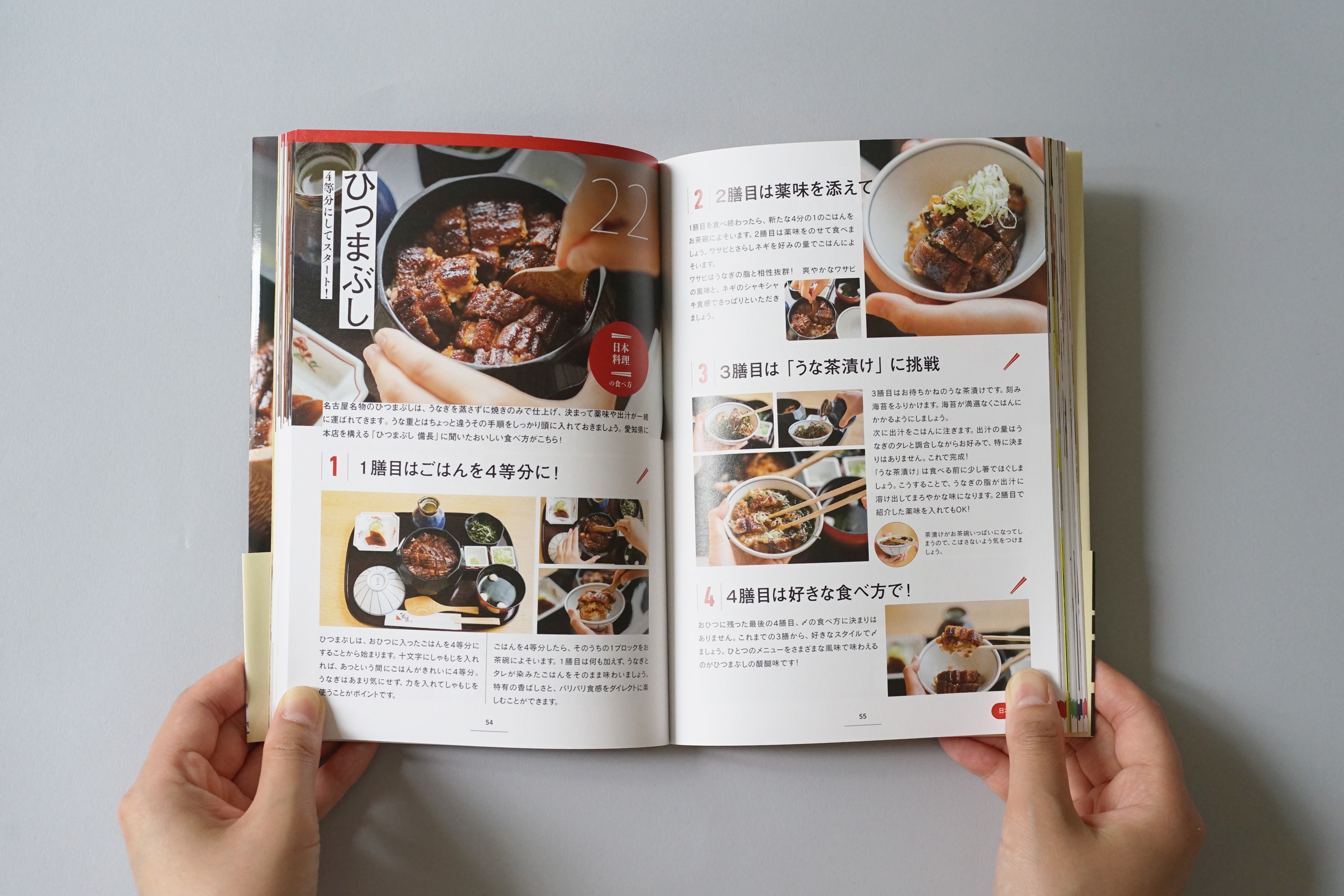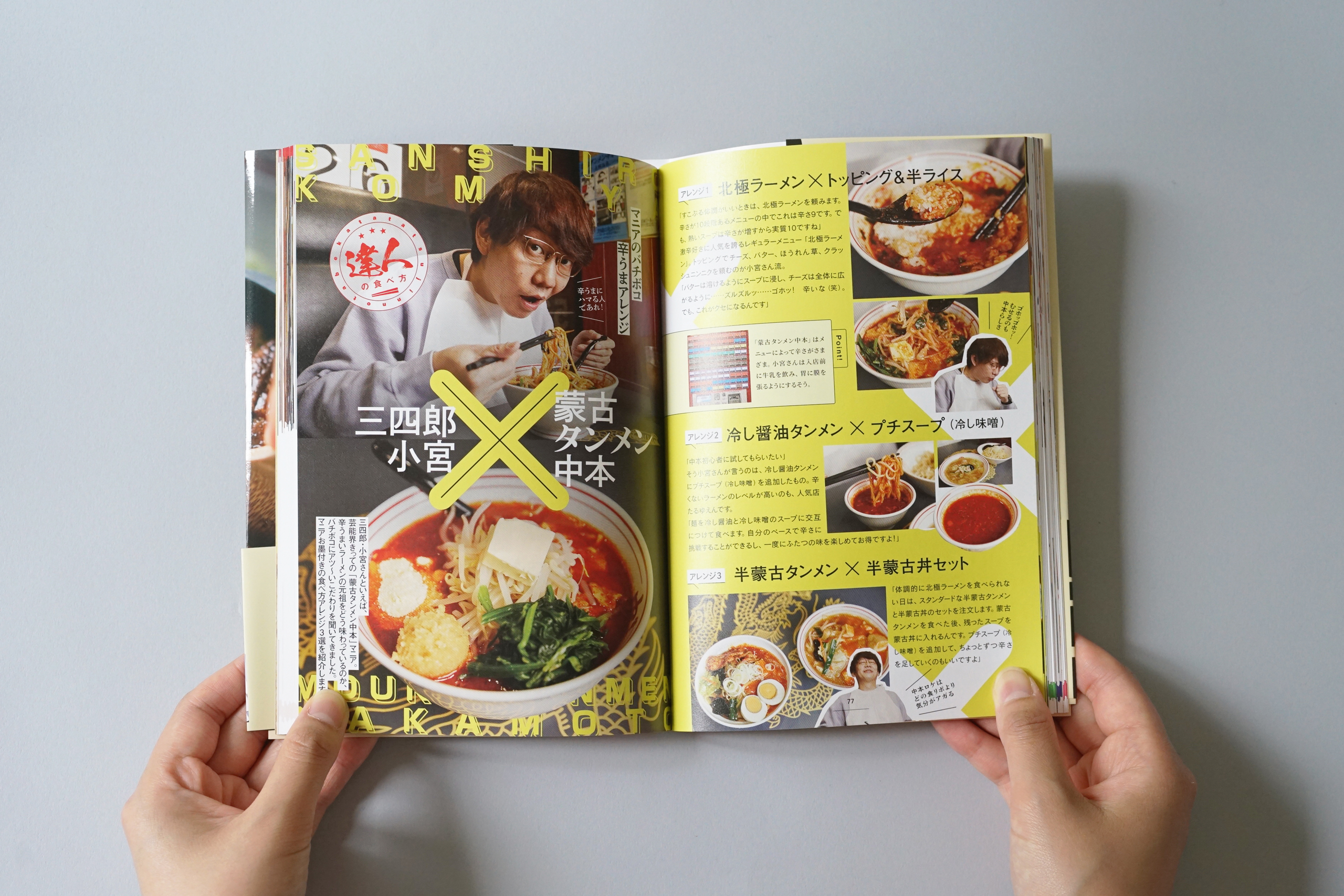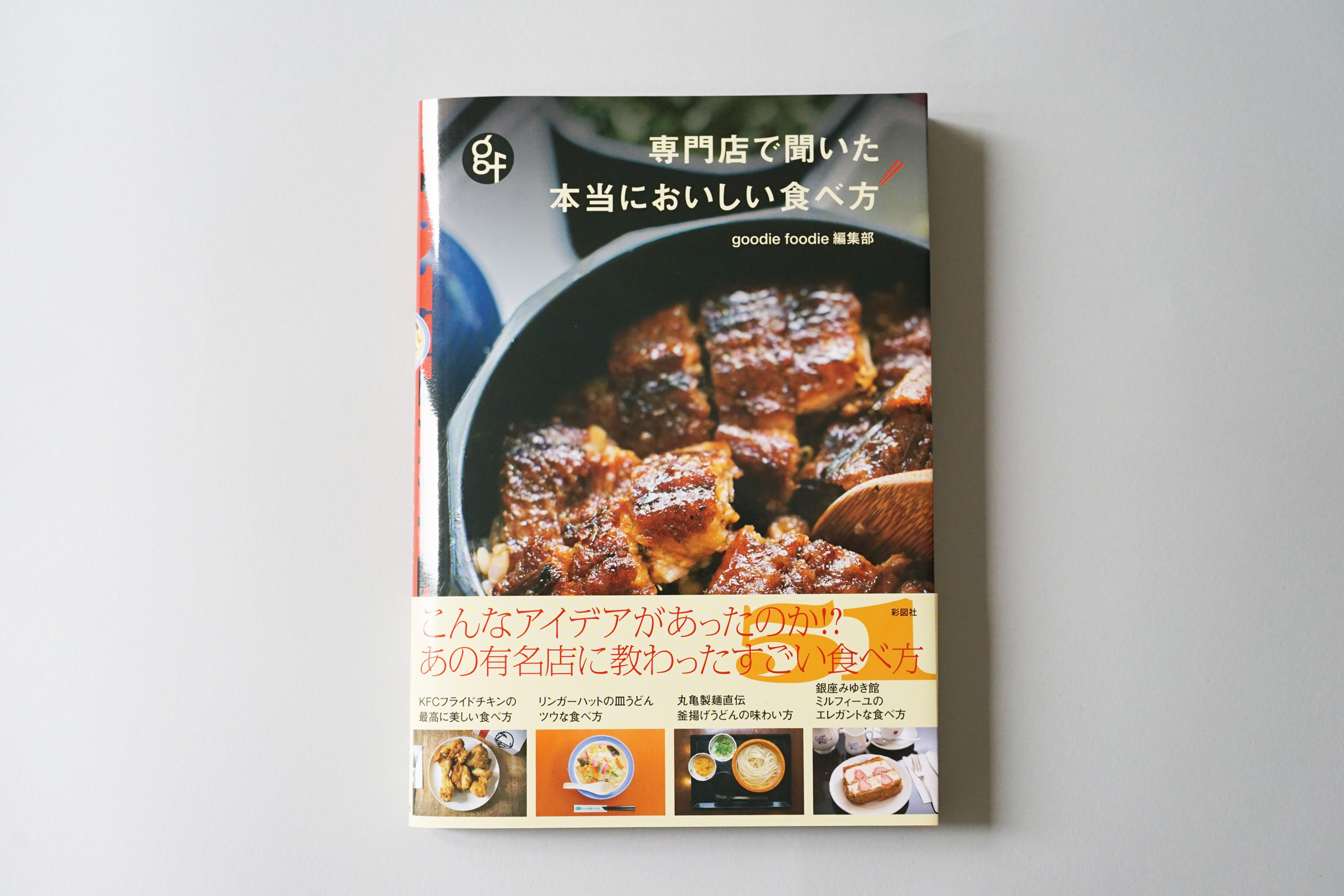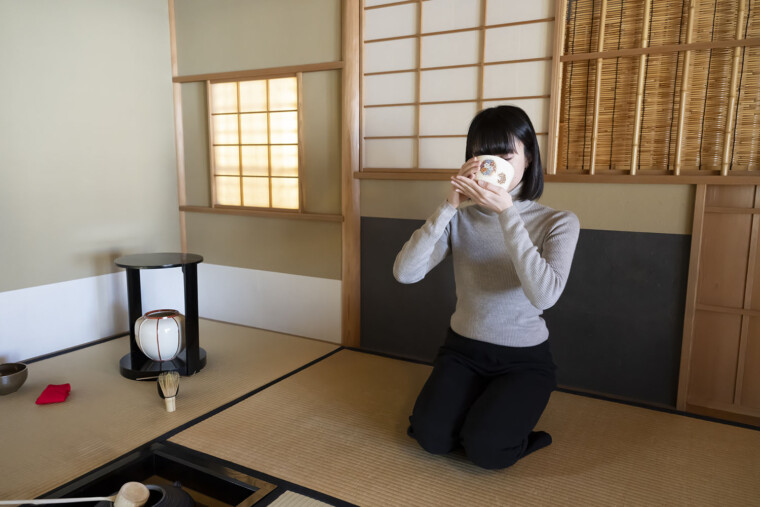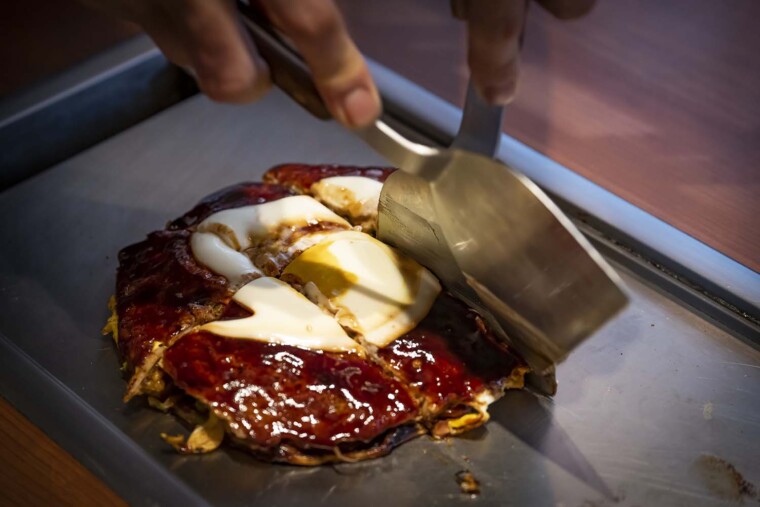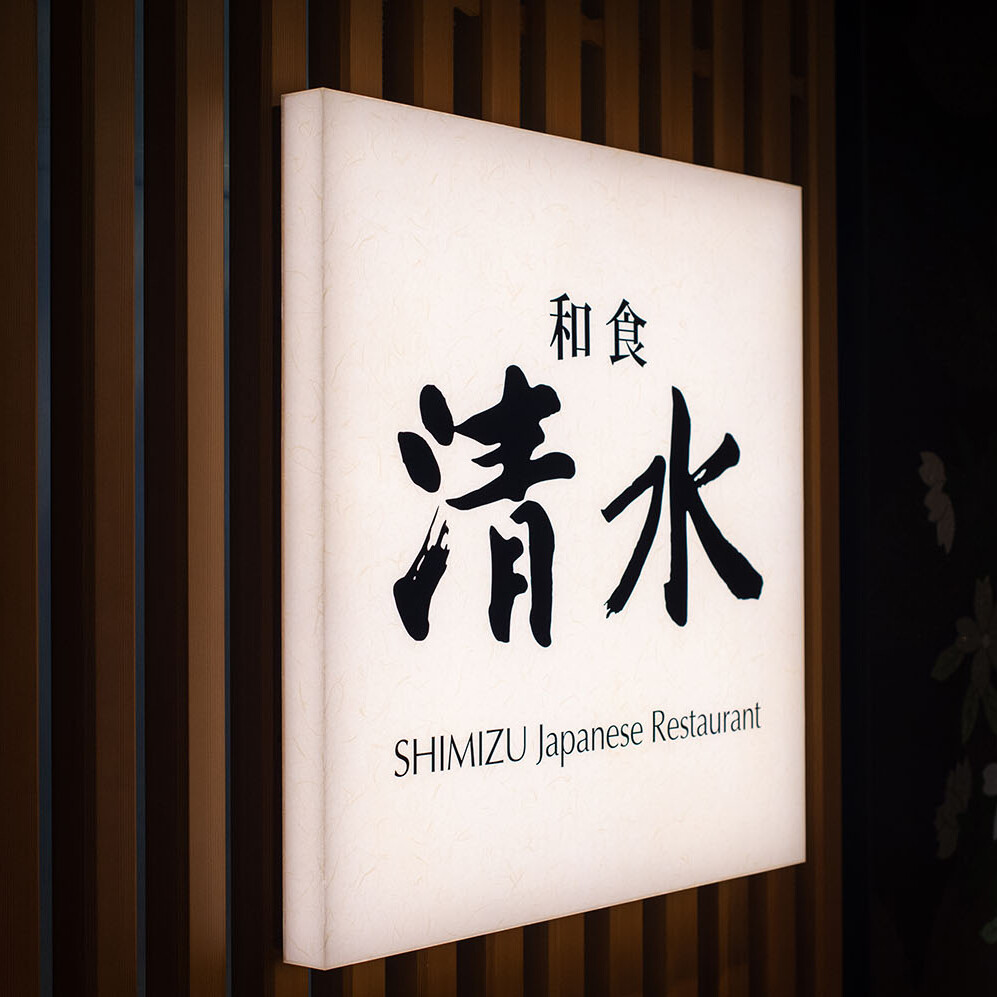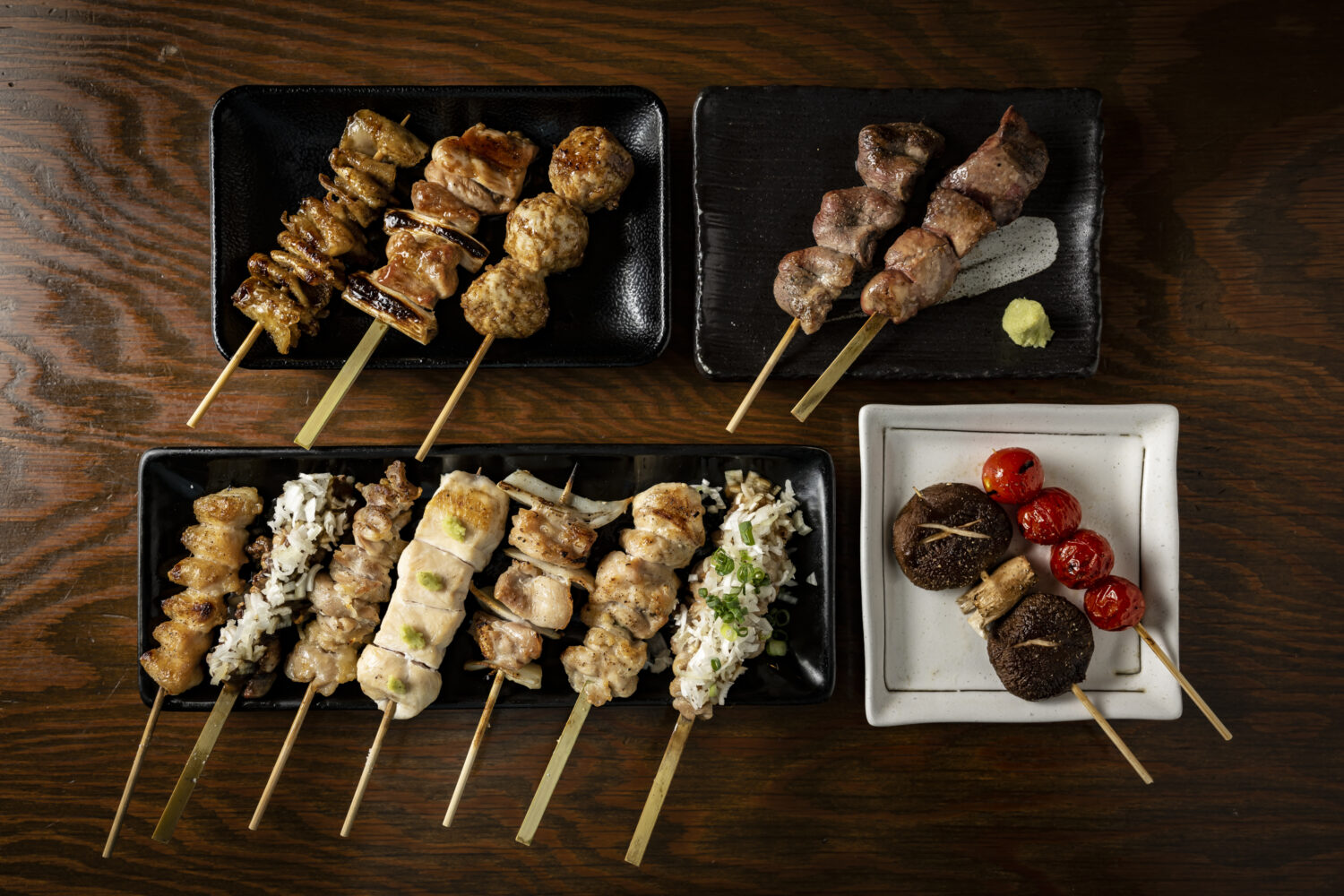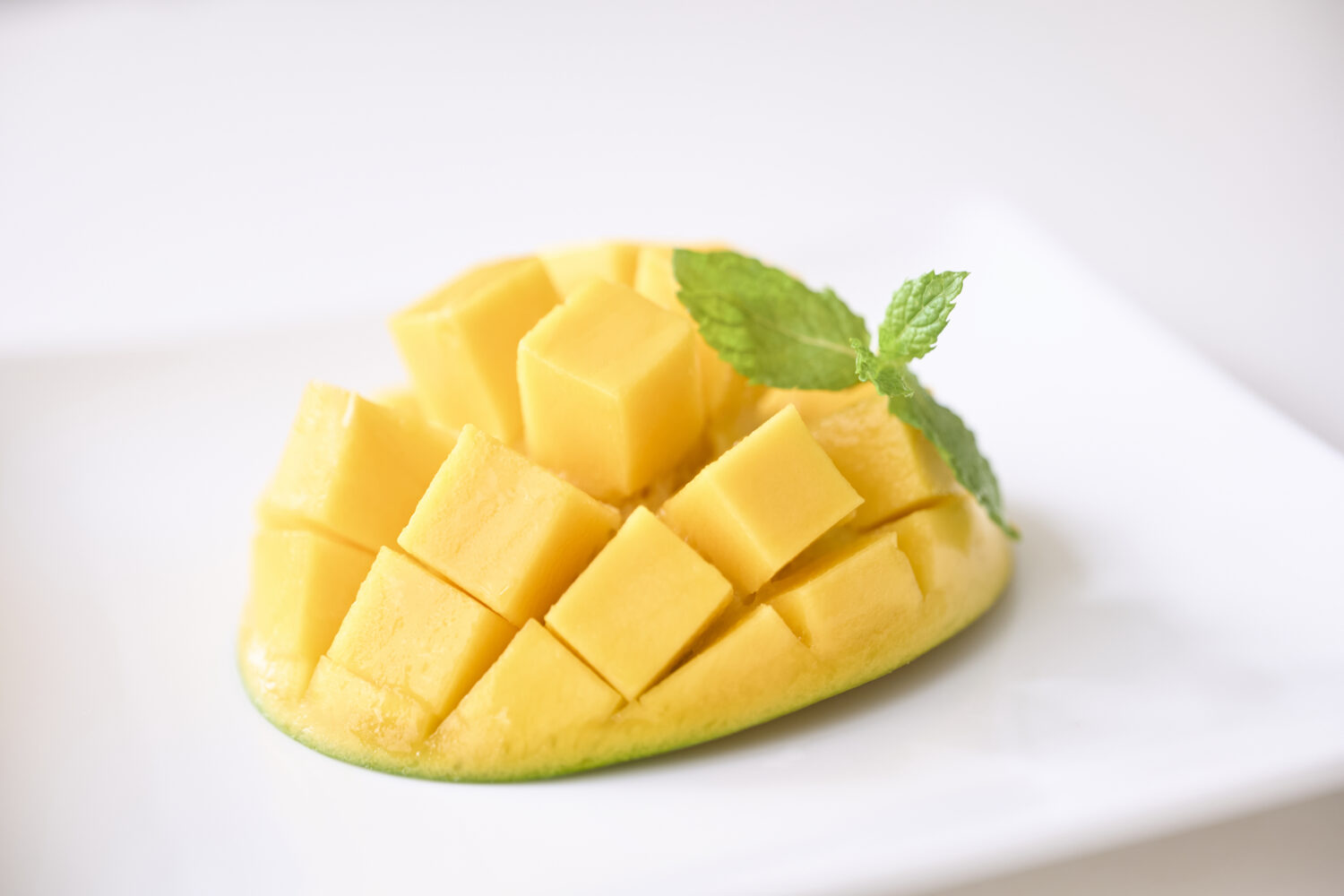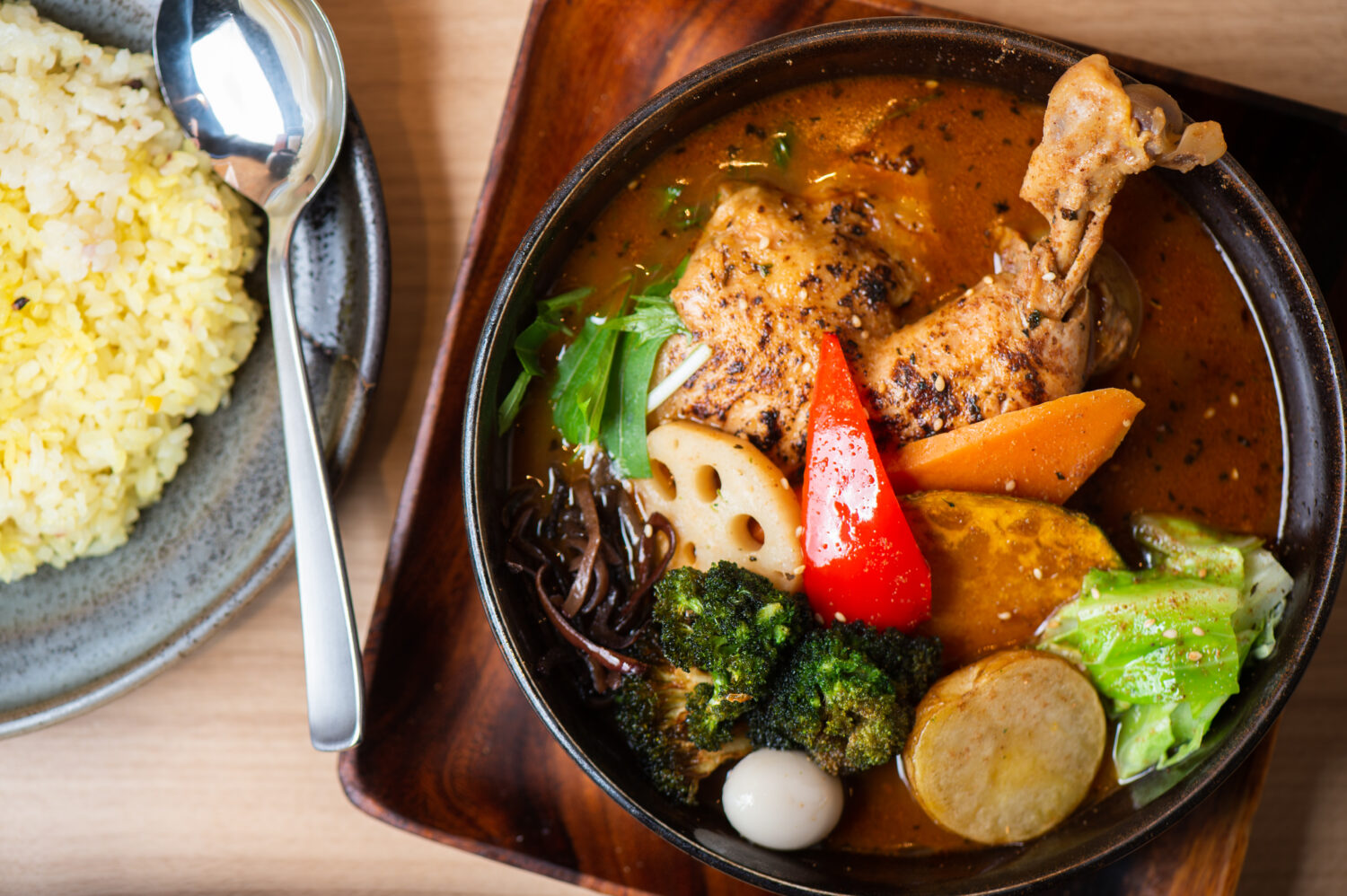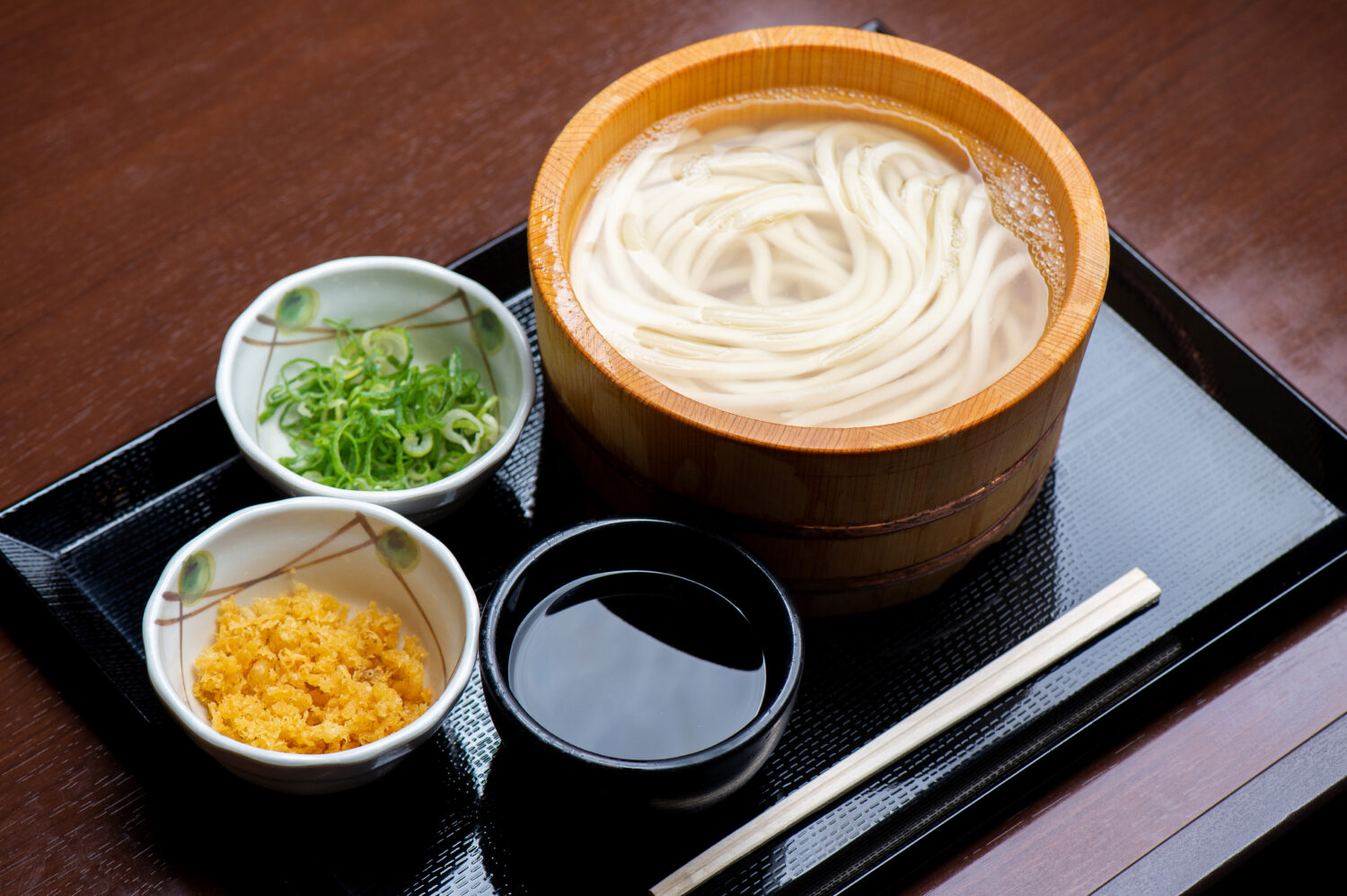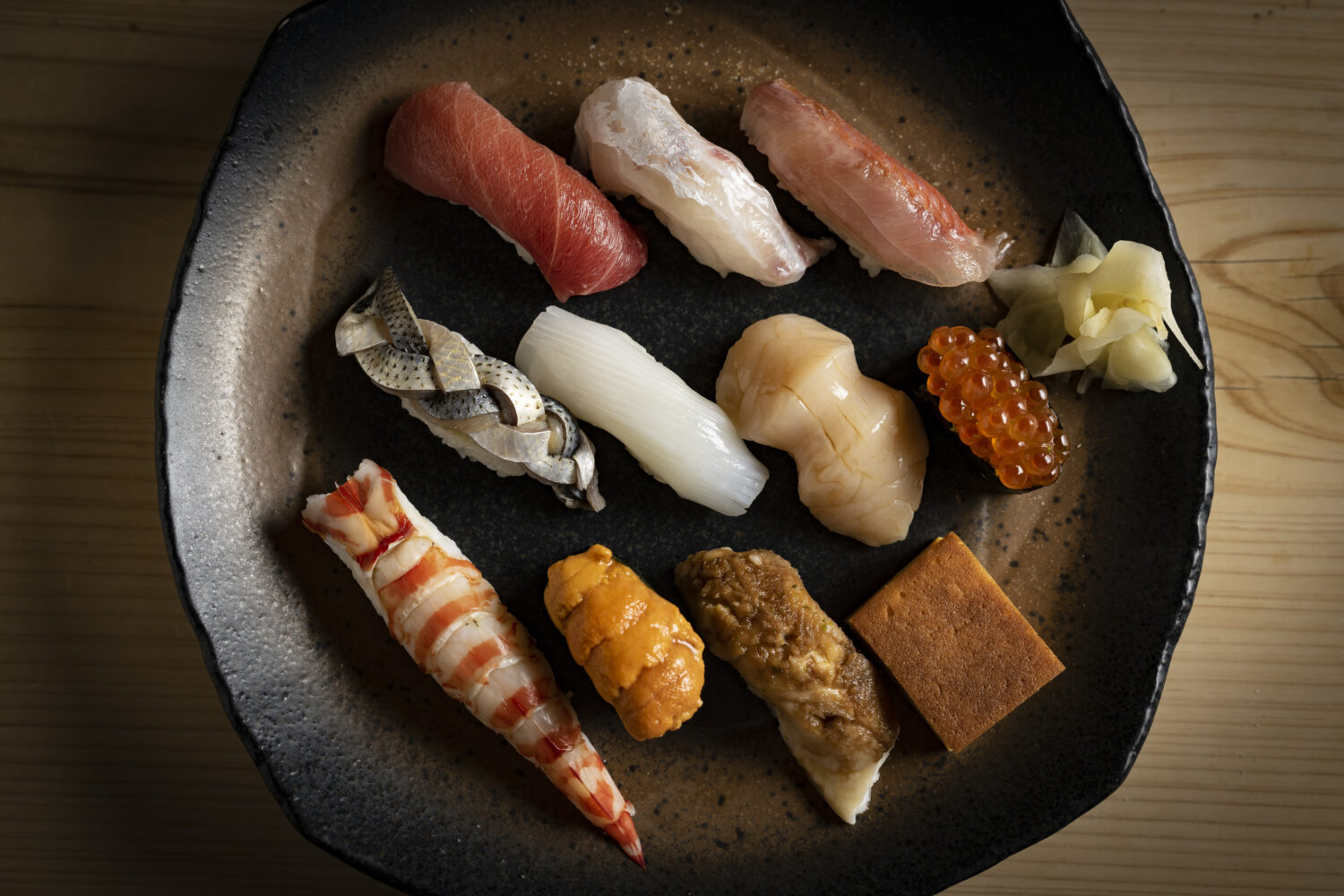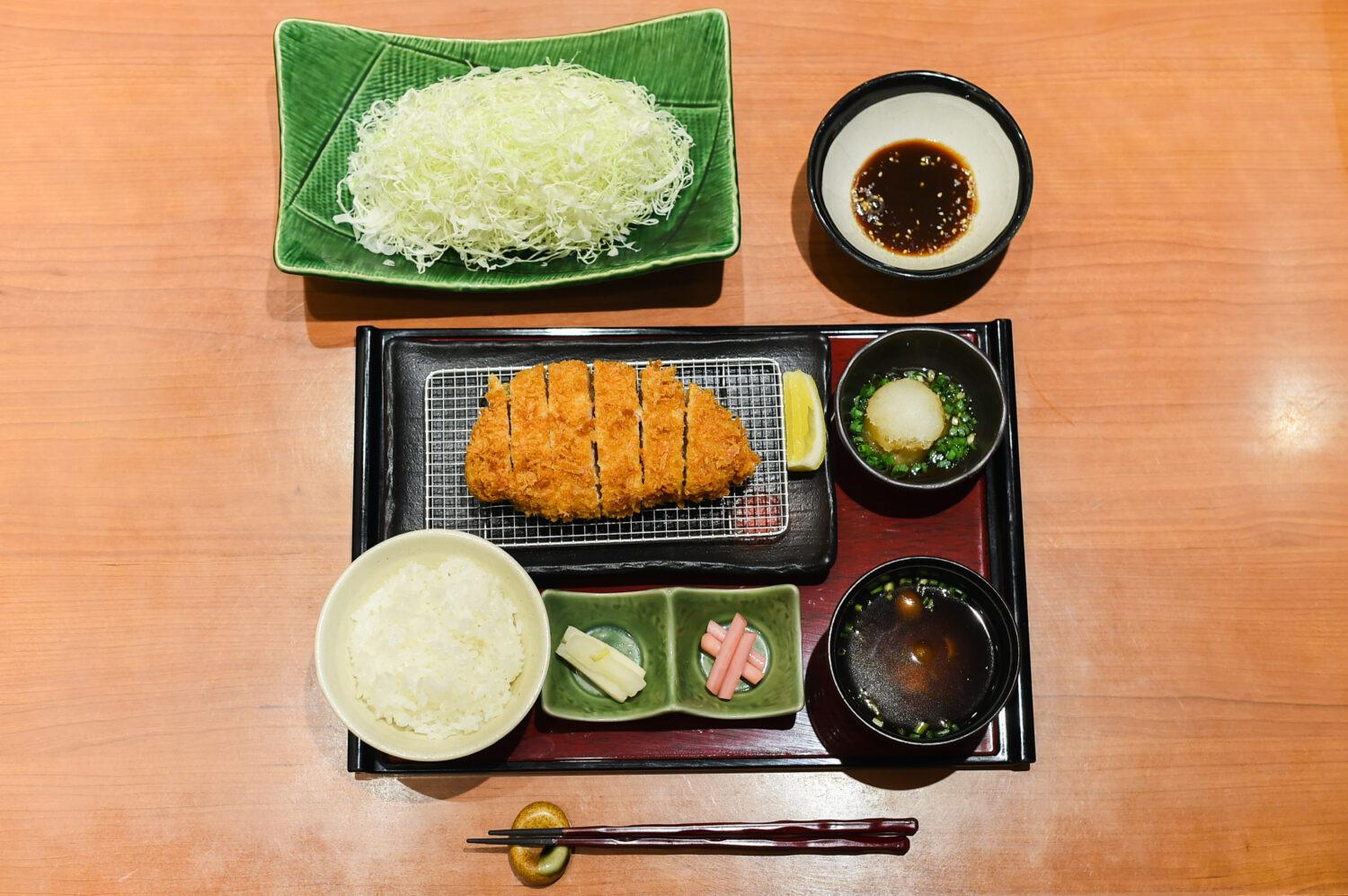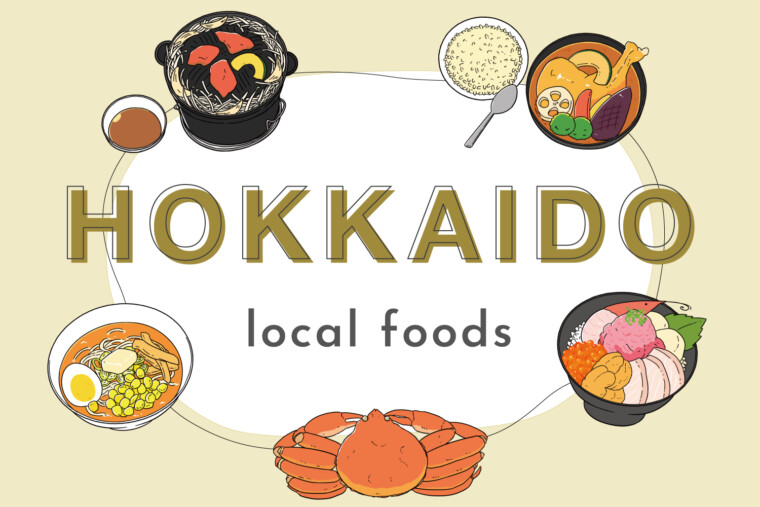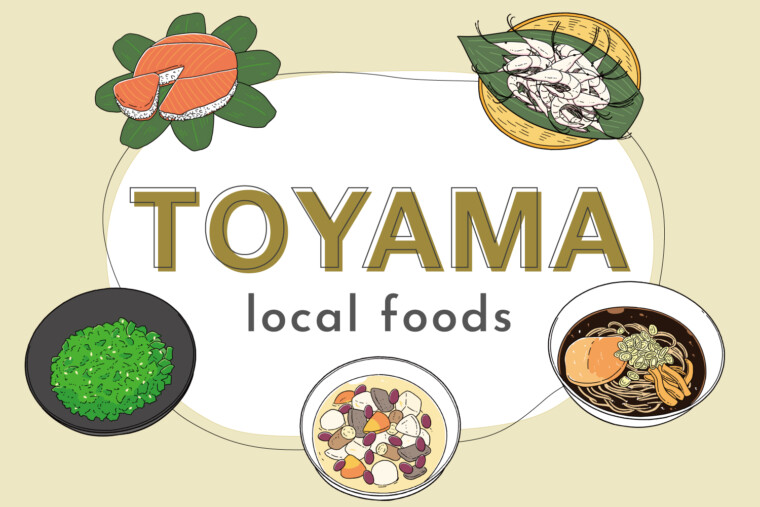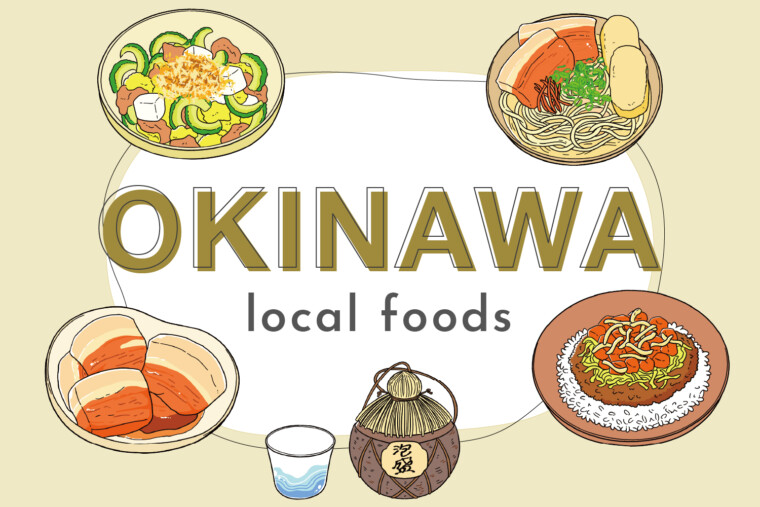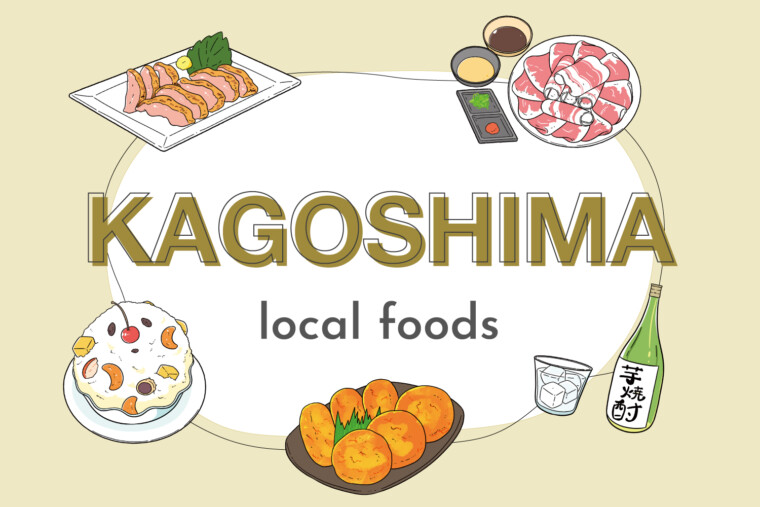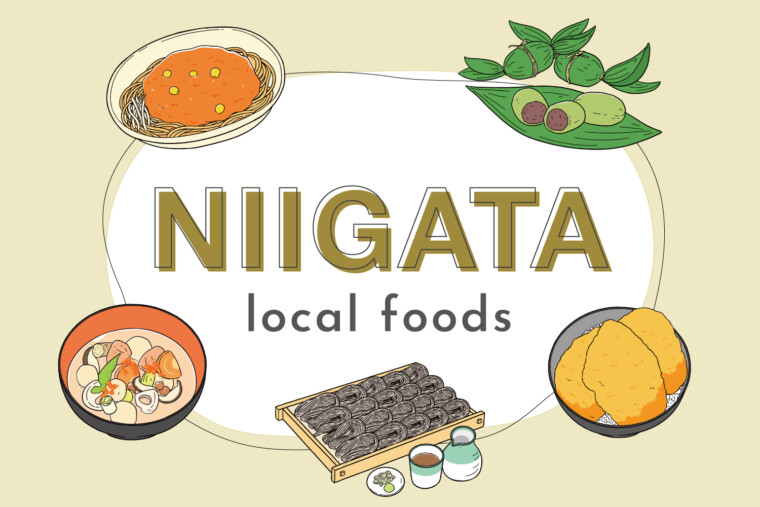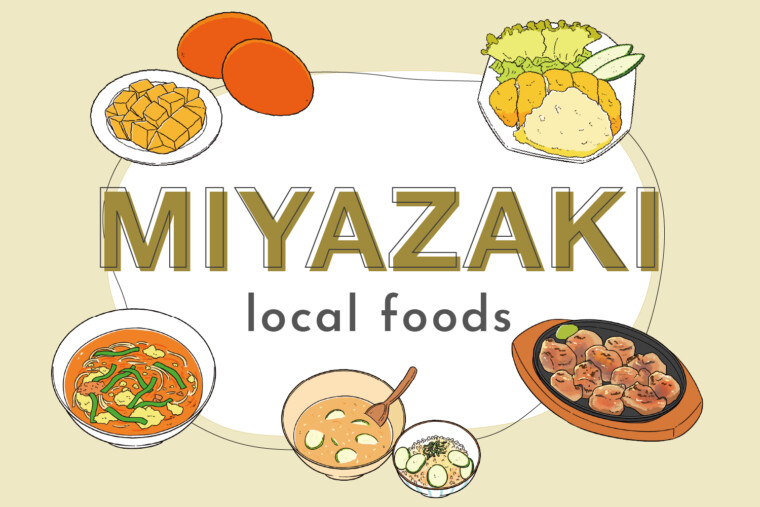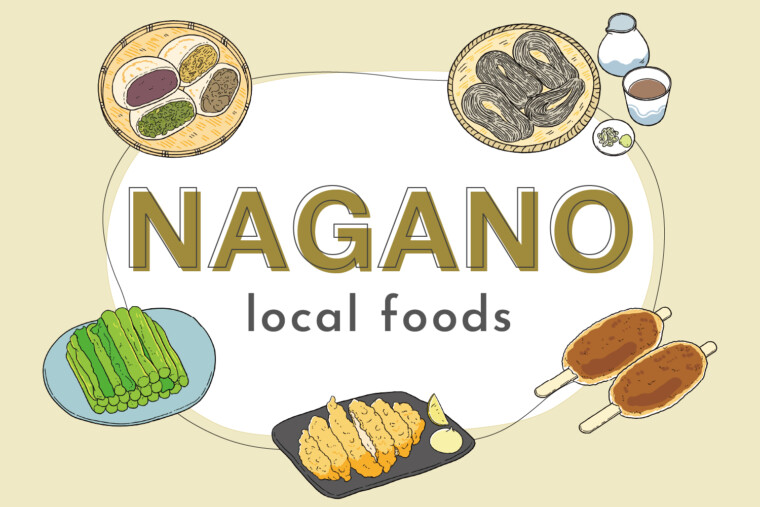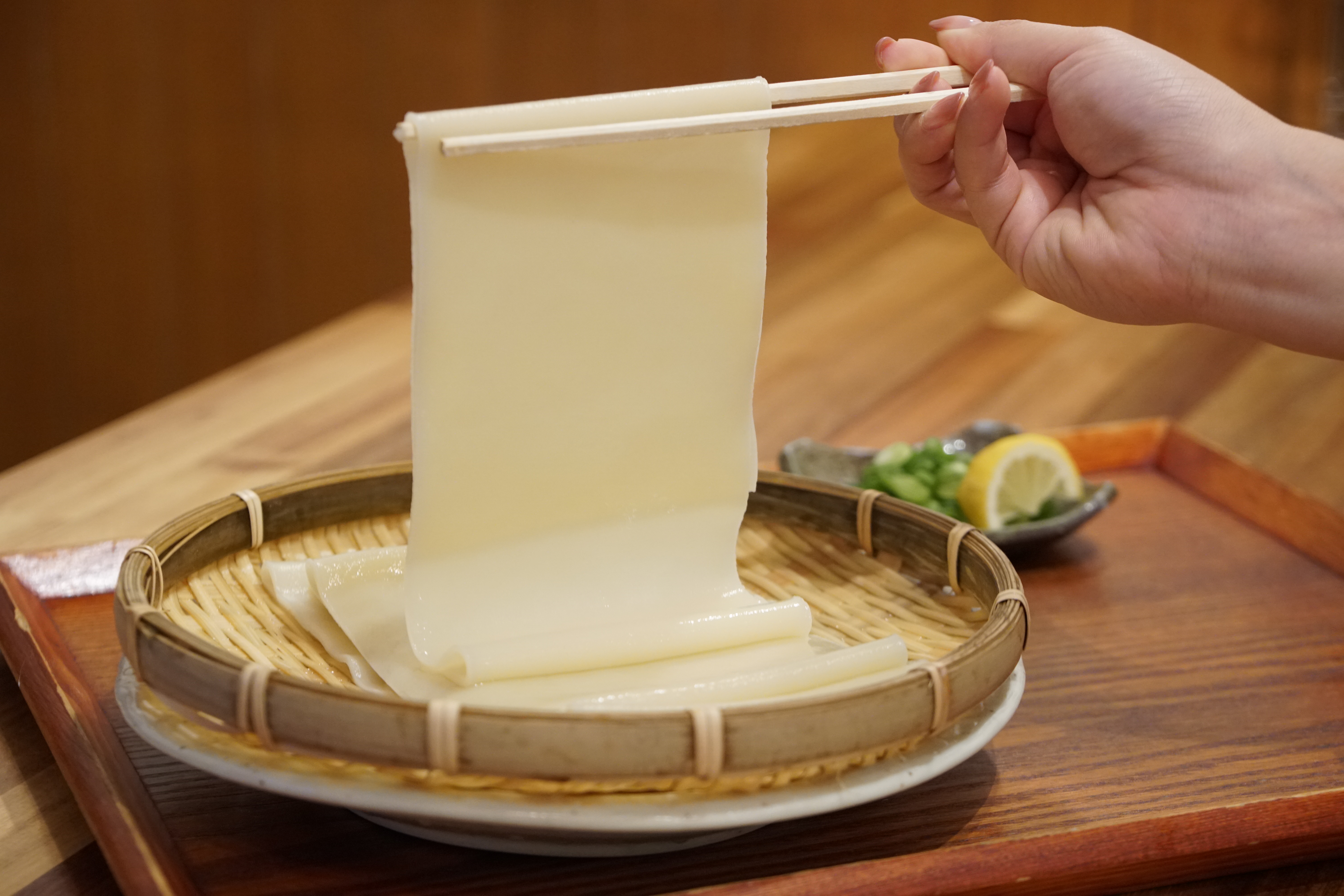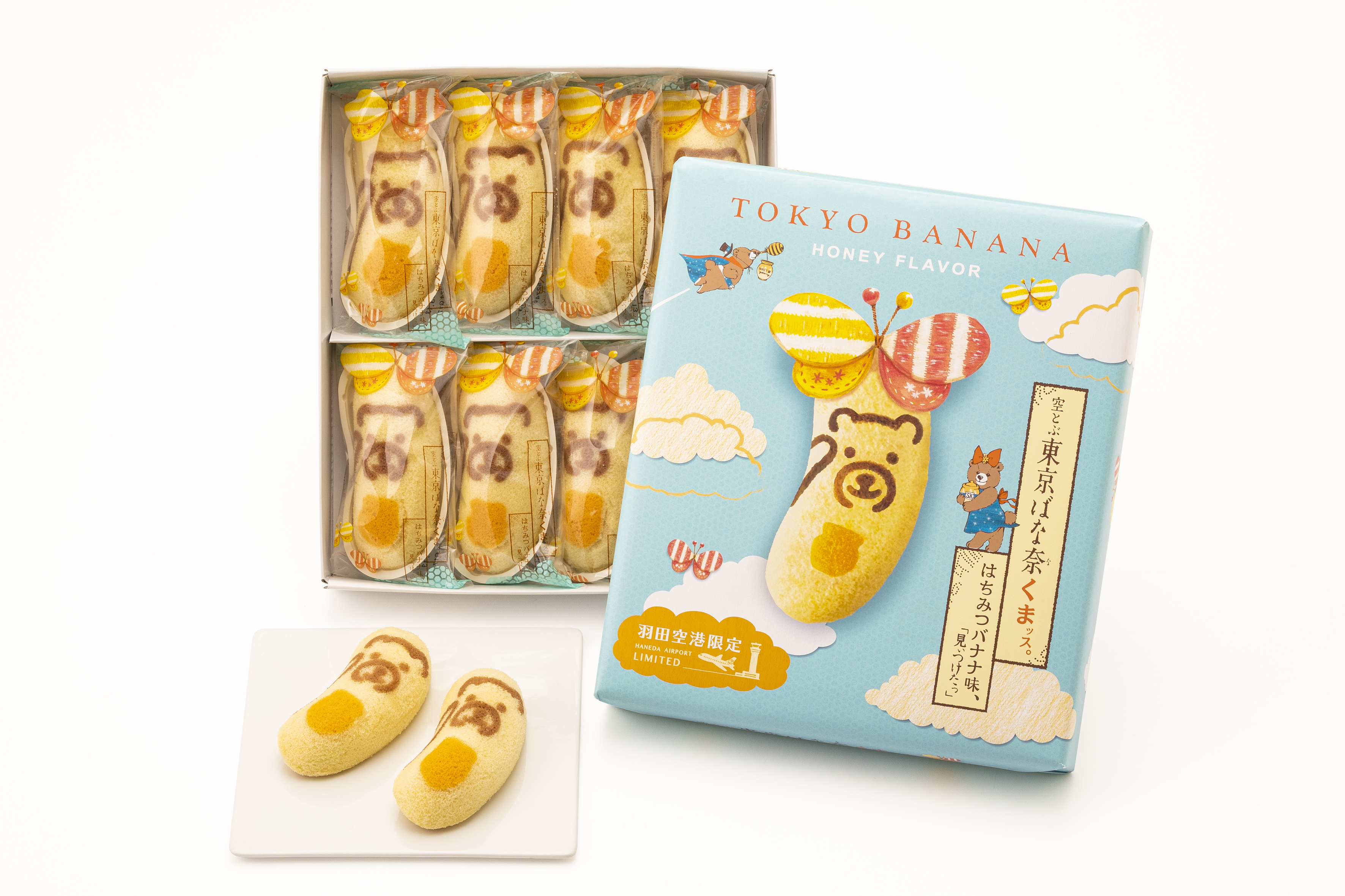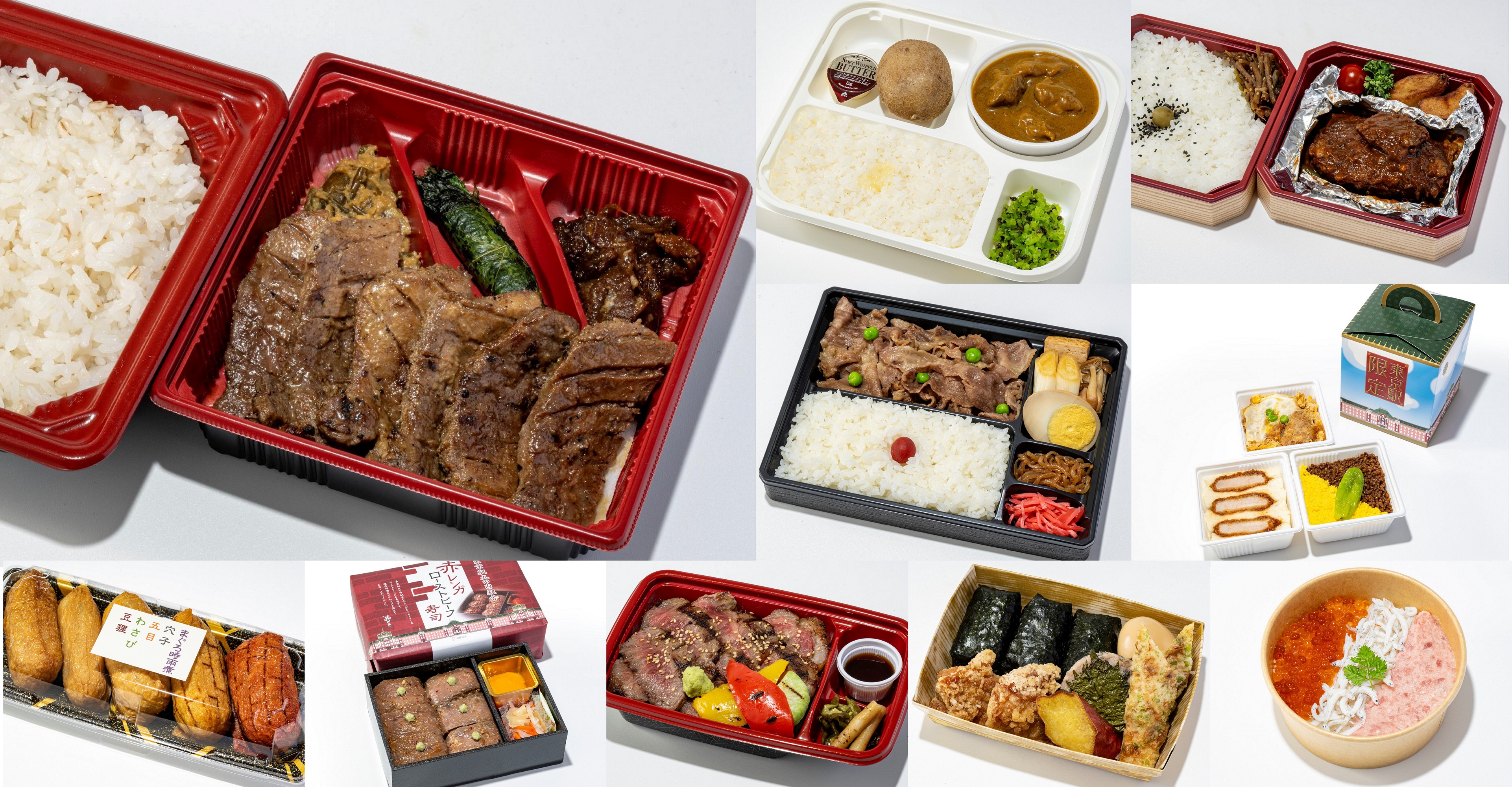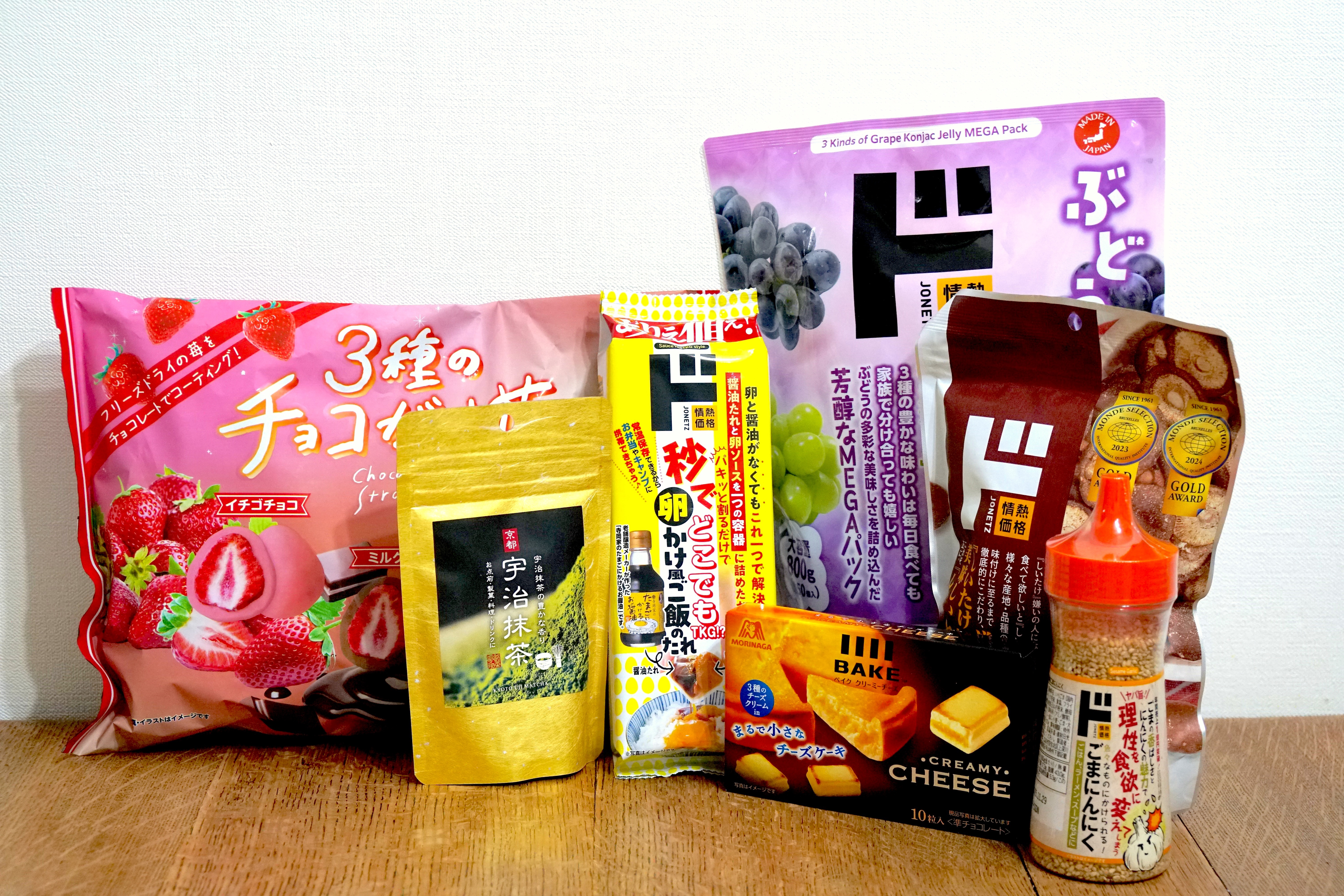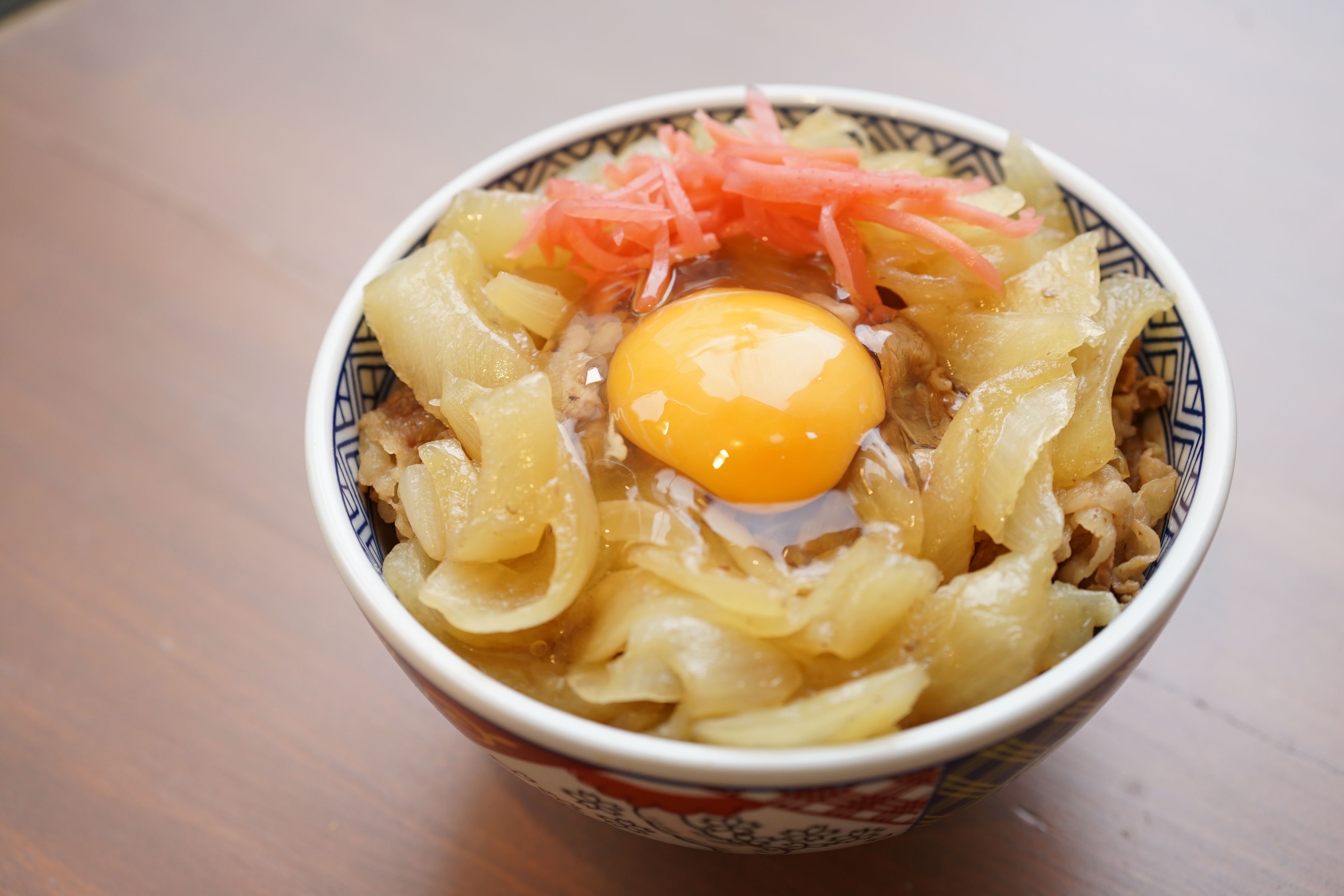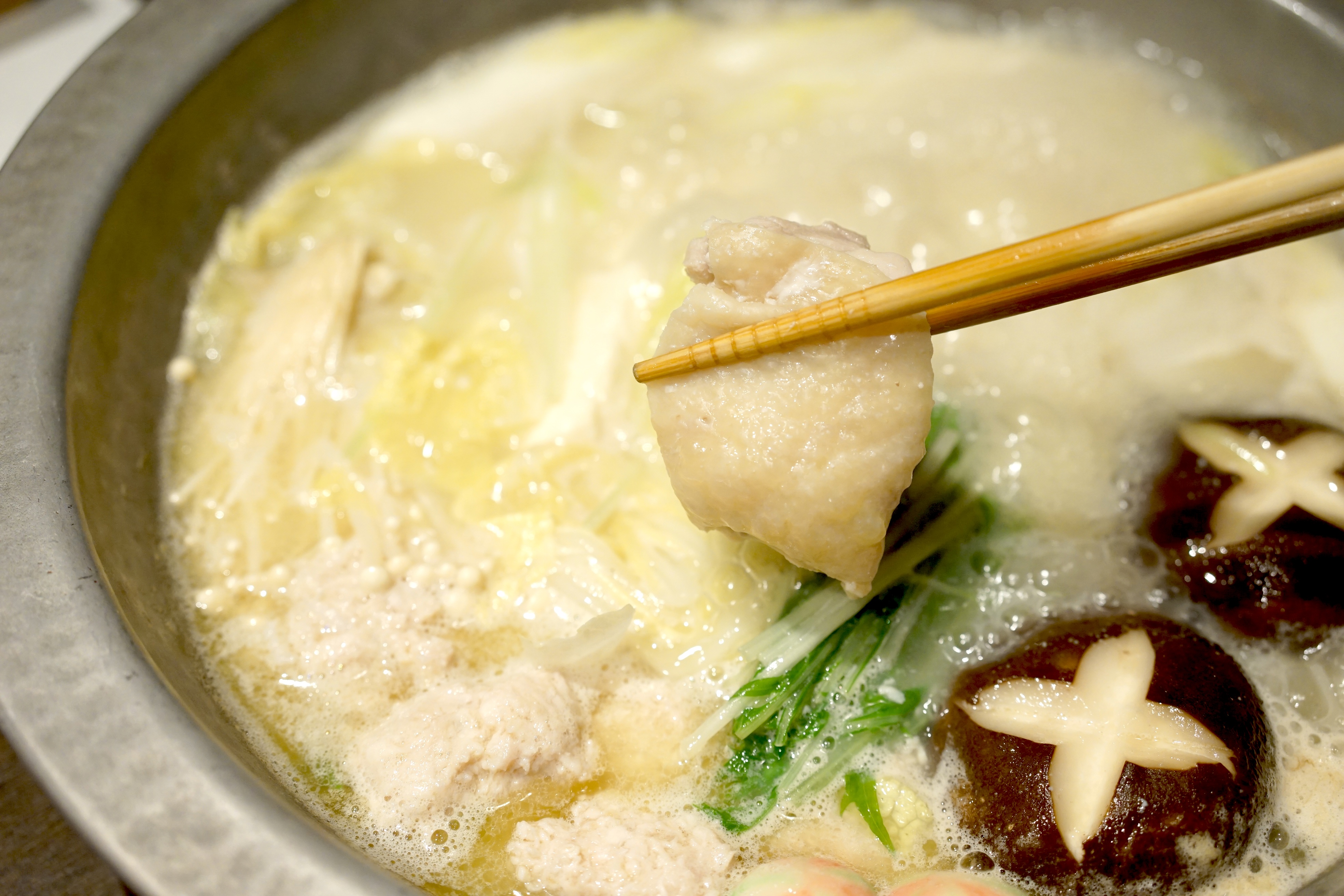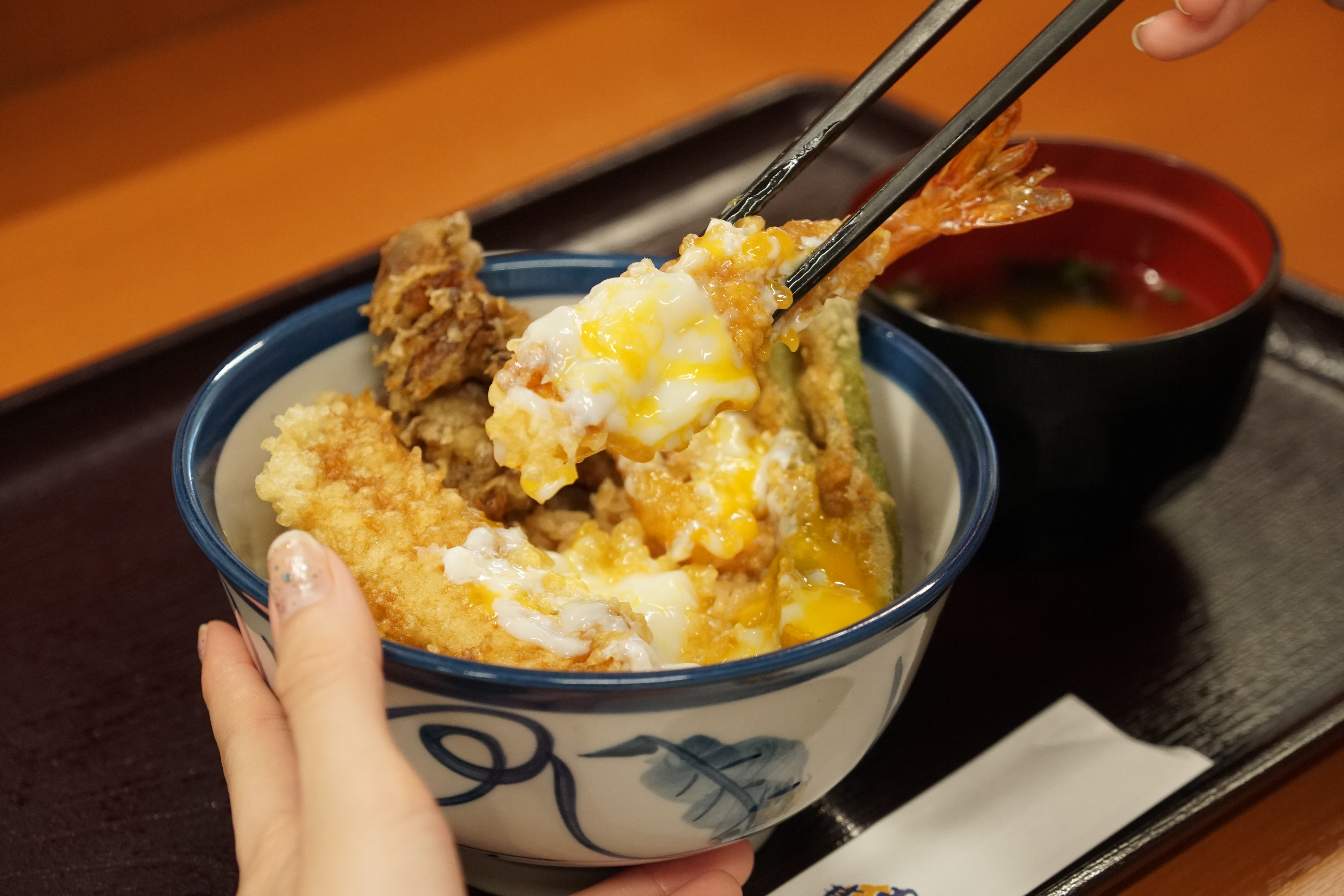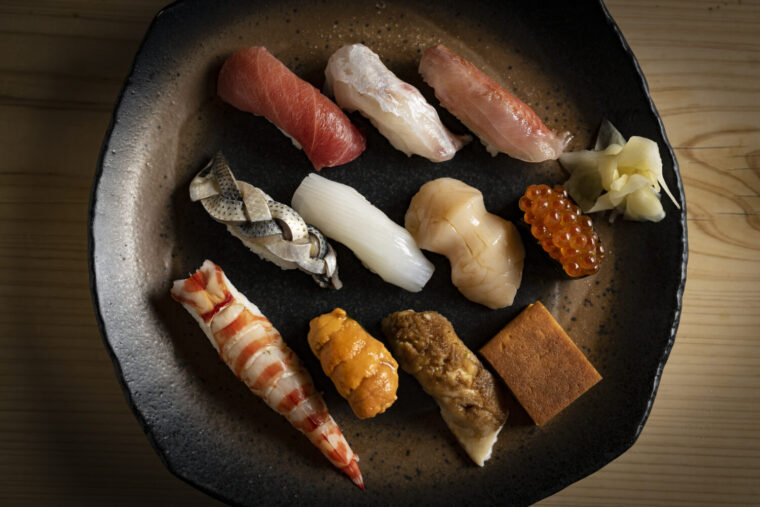
How to eat kaiseki cuisine | Order of dishes, methods, and etiquette explained in detail!
Kaiseki traditional course dining is a fundamental element of Japanese cuisine. It is served at venues including the finest hotels, and luxury restaurants known as ryotei. For this article, we will cover the basic order of kaiseki dishes, methods to enjoy each, etiquette, and more, all explained in detail for the benefit of our guests from overseas. We visited Shimizu Japanese Restaurant at Grand Prince Hotel Shin Takanawa to learn more about the smart way to enjoy kaiseki cuisine.
share:
Table of Contents
Appetizer 先付け Sakizuke
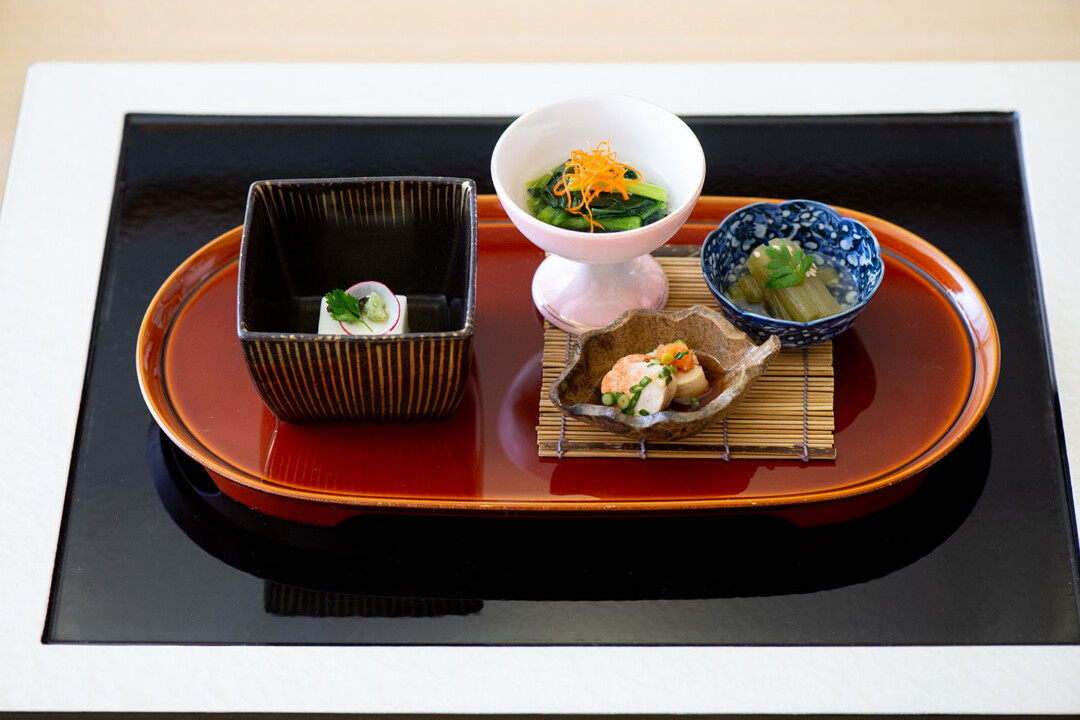
Kaiseki cuisine is said to have its roots in the kaiseki (a homonym written with different characters) style of dining which originated from shojin ryori (a traditional culinary style practiced by Buddhist monks in Japan), but adapted to be served at zashiki (tatami seating) in the evening, alongside sake. On this occasion, we ordered a traditional kaiseki course at Shimizu Japanese Restaurant. The course begins with sakizuke, which is similar to an appetizer.
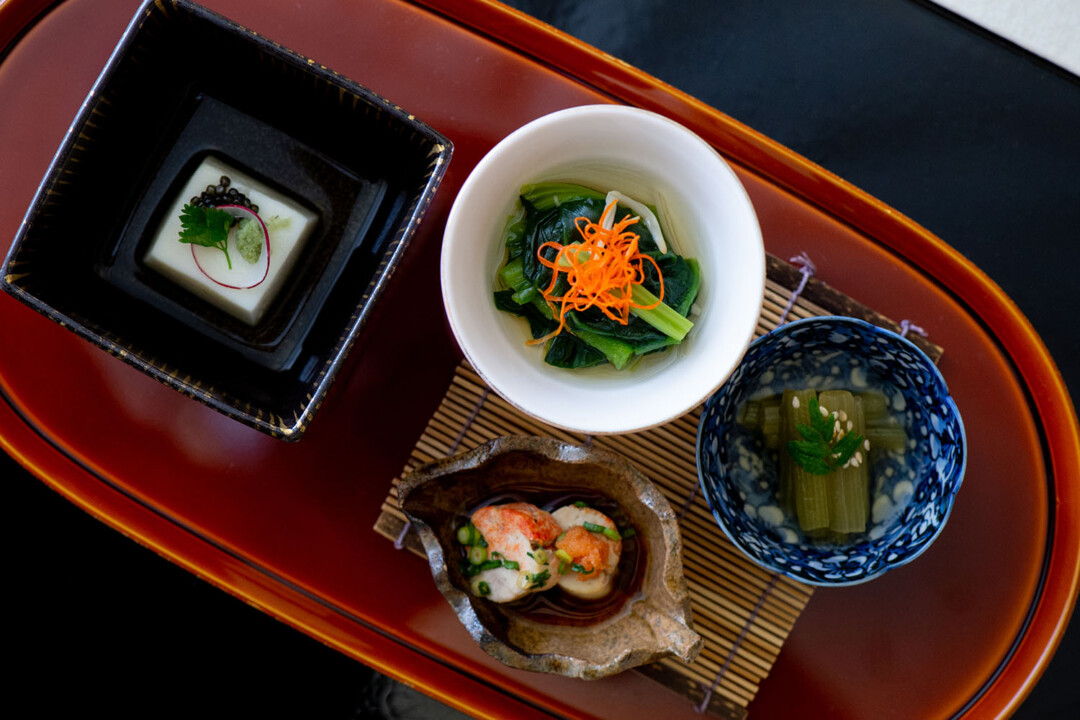
From the left in clockwise order are yurine-dofu (lily root tofu), aona hitashi (blanched greens), fuki no nitsuke (simmered butterbur stalk), and ankimo (monkfish liver). The established method to enjoy sakizuke is to begin with the lighter items, then move on to the more richly-flavored items. In this case, we will start with the yurine-dofu. The first item eaten is sometimes referred to as hashizome.
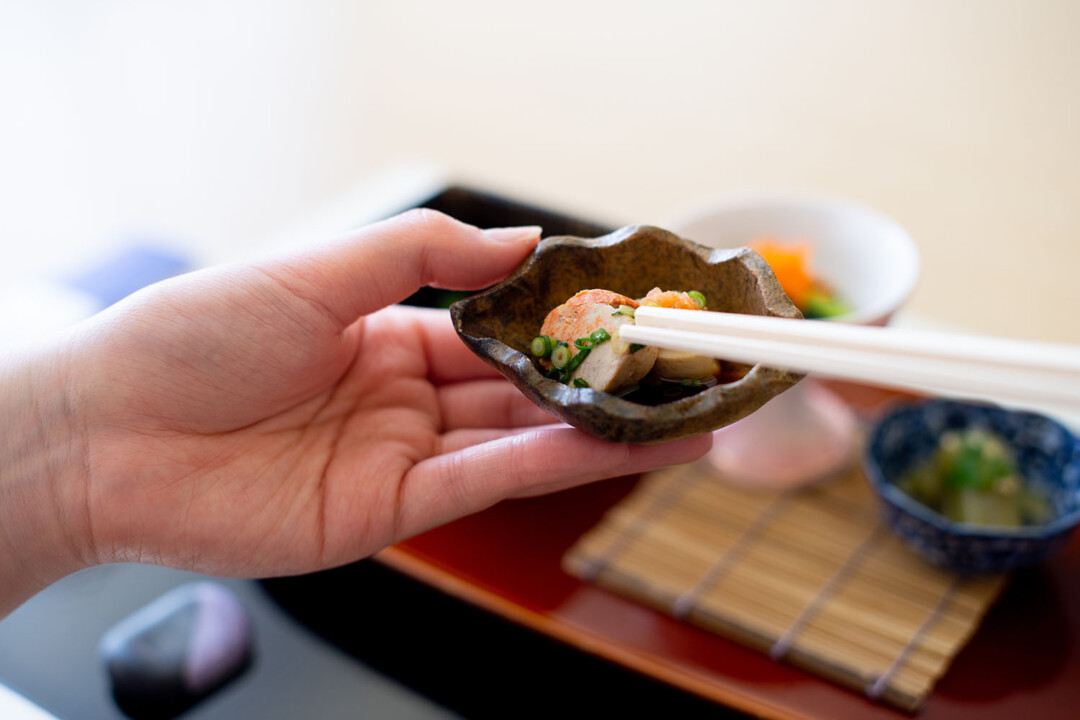
In Japan, it is acceptable to lift small dishes with your left hand to enjoy them.
Soup お碗 Owan
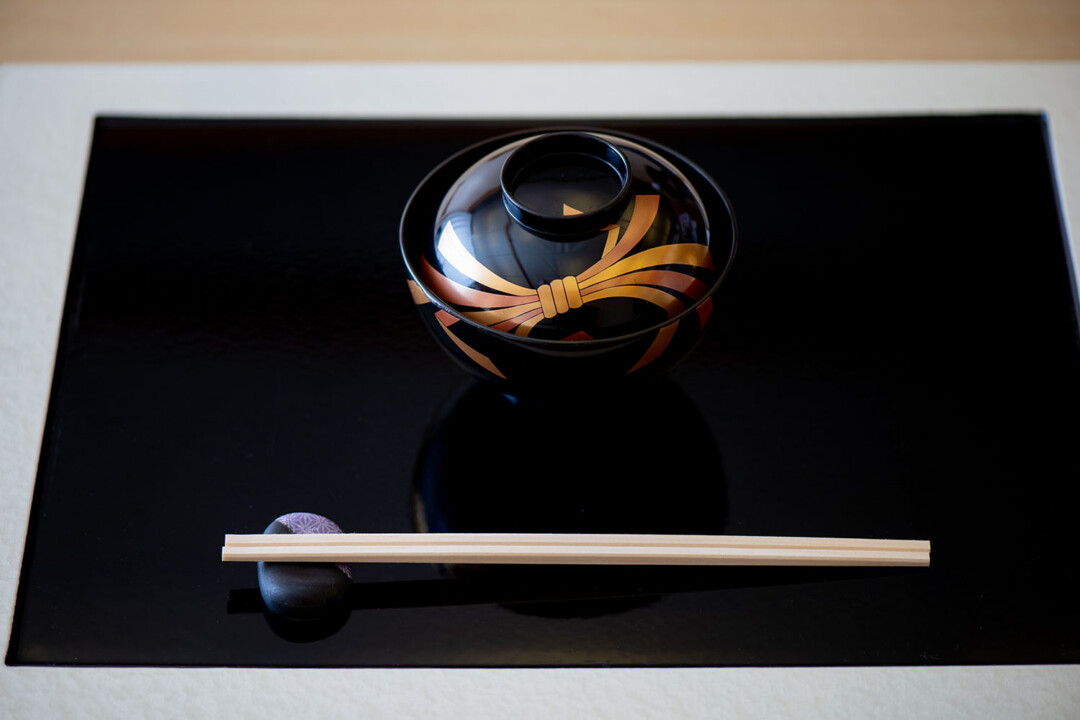
Next is owan, a soup dish so named for the lacquered bowl in which it is served. Common seasonal owan dishes include tai no shio shidate (bream in salt broth) in spring, dobin mushi (broth in earthenware teapot) in autumn, and ebi shinjo (shrimp balls) in other seasons. We were served shiro miso shidate no kuruma ebi (kuruma prawn in white miso broth) for our owan dish.
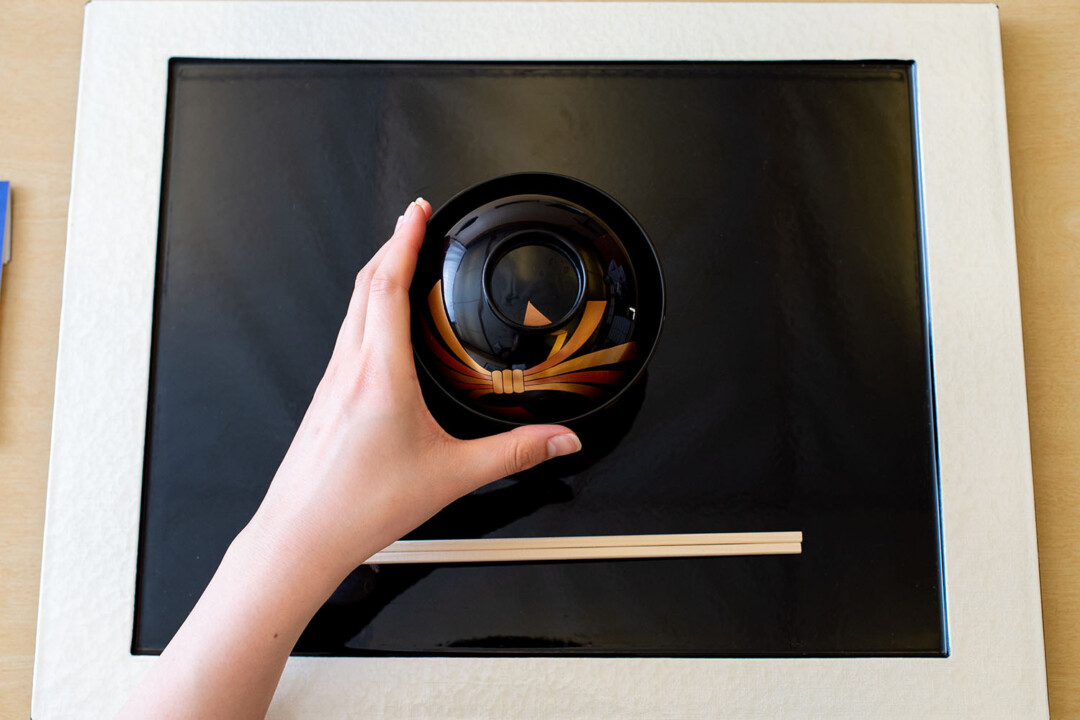
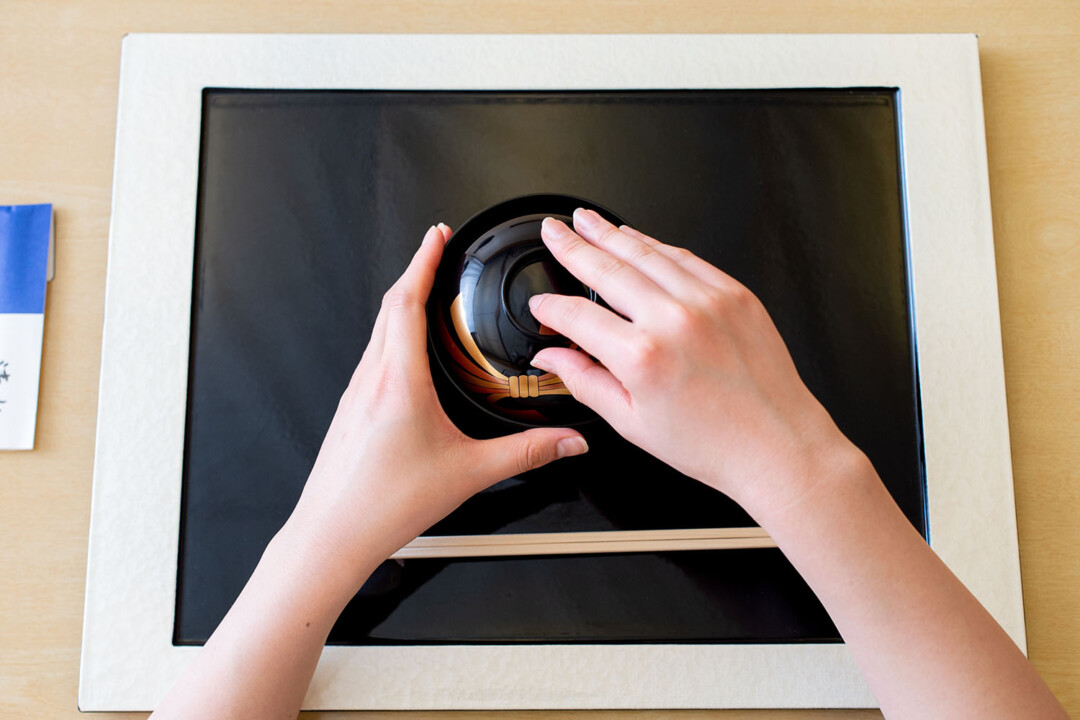
First, appreciate the pattern of your lacquered bowl, then hold the bowl firmly in place with your left hand as you open the lid with your right hand. The correct technique is to take hold of the rim-like handle on top, as pictured above.
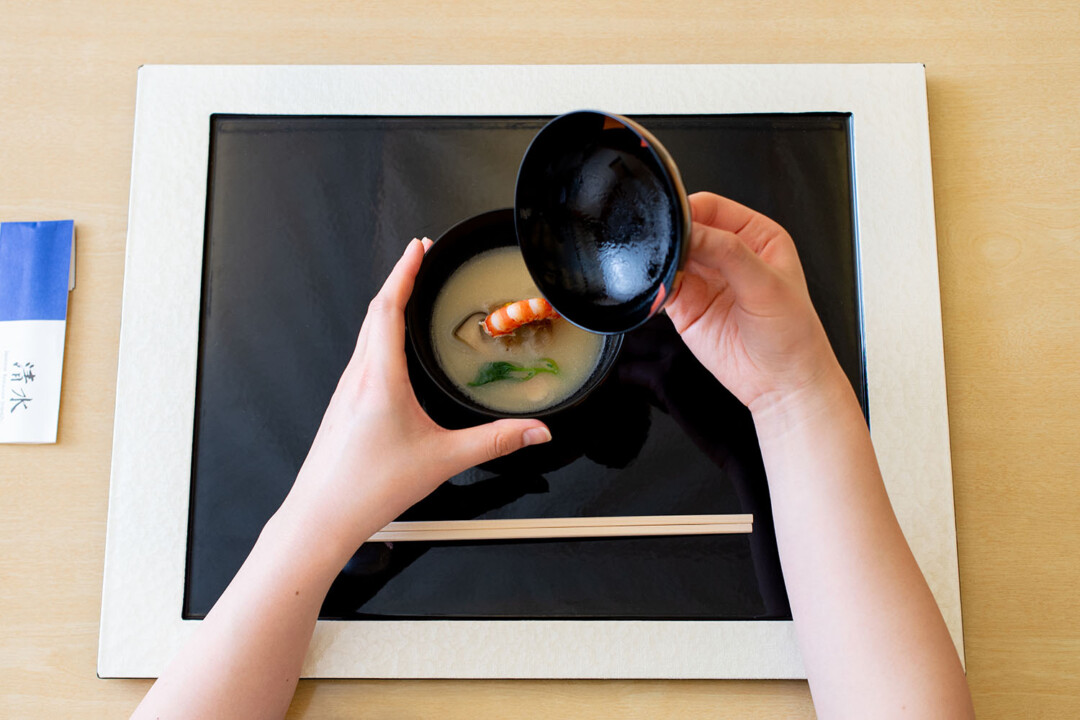

It is considered elegant to gently open the lid, turning inside of the lid to face you. Use both hands to softly place the lid outside of the oshiki (lacquered tray). Move slowly and deliberately, so as not to scratch the dishes.
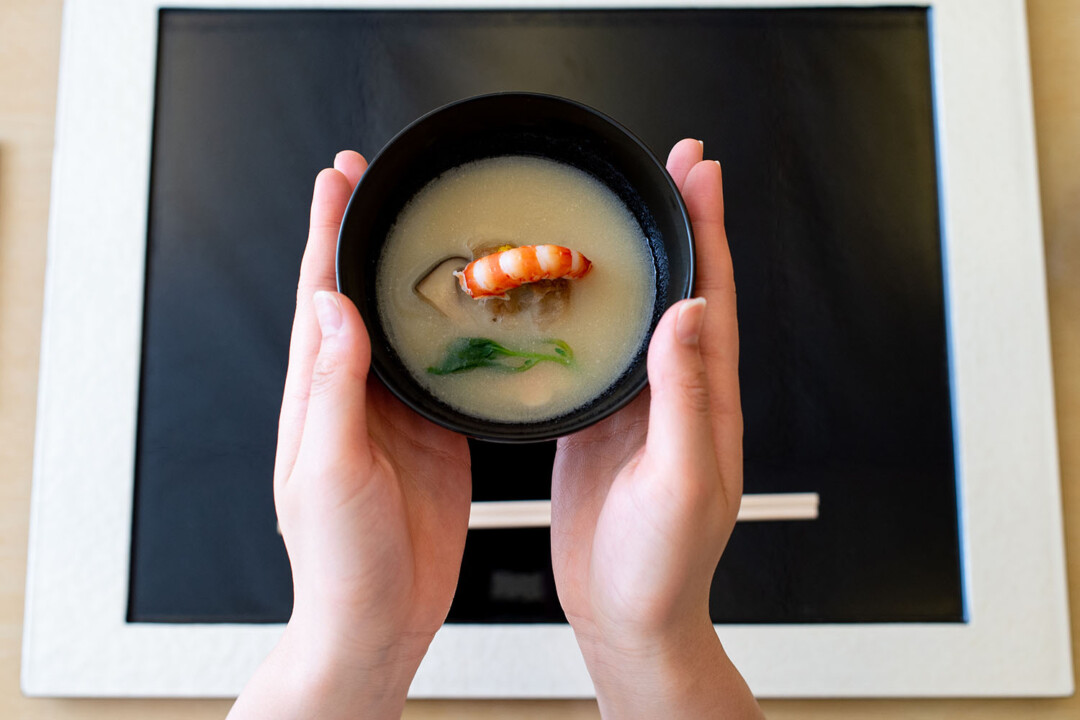
First of all, etiquette dictates that you should enjoy the fragrance in appreciation of the efforts that the chef has put into this dish.

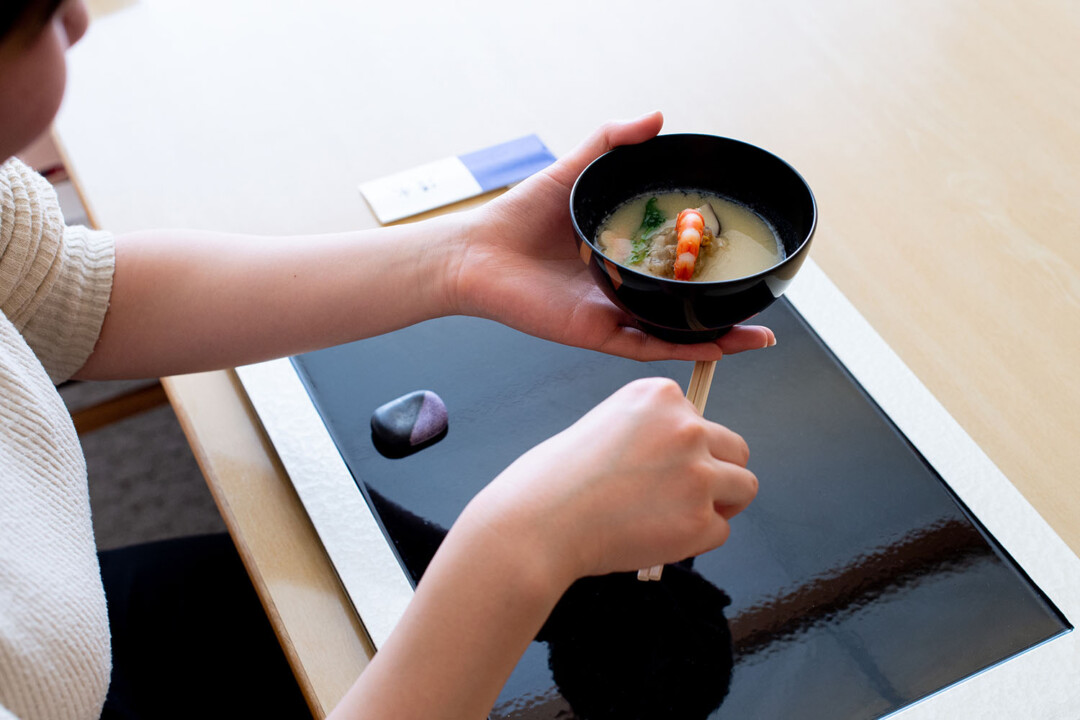
When lifting your chopsticks, hold the bowl in your left hand, then take hold of the chopsticks with your right hand. Place the chopsticks against the index and ring fingers of your left hand, supported from below by the middle finger to enclose the chopsticks.

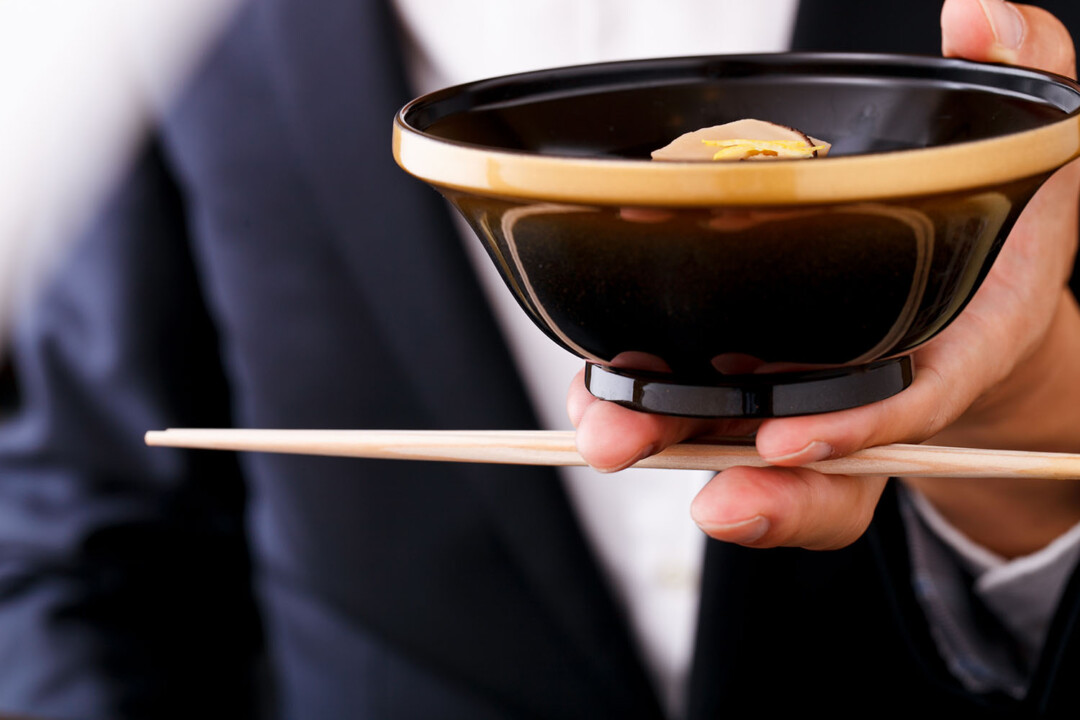
Next, switch the chopsticks to your right hand, and you are ready to enjoy. This is what it looks like from the side.
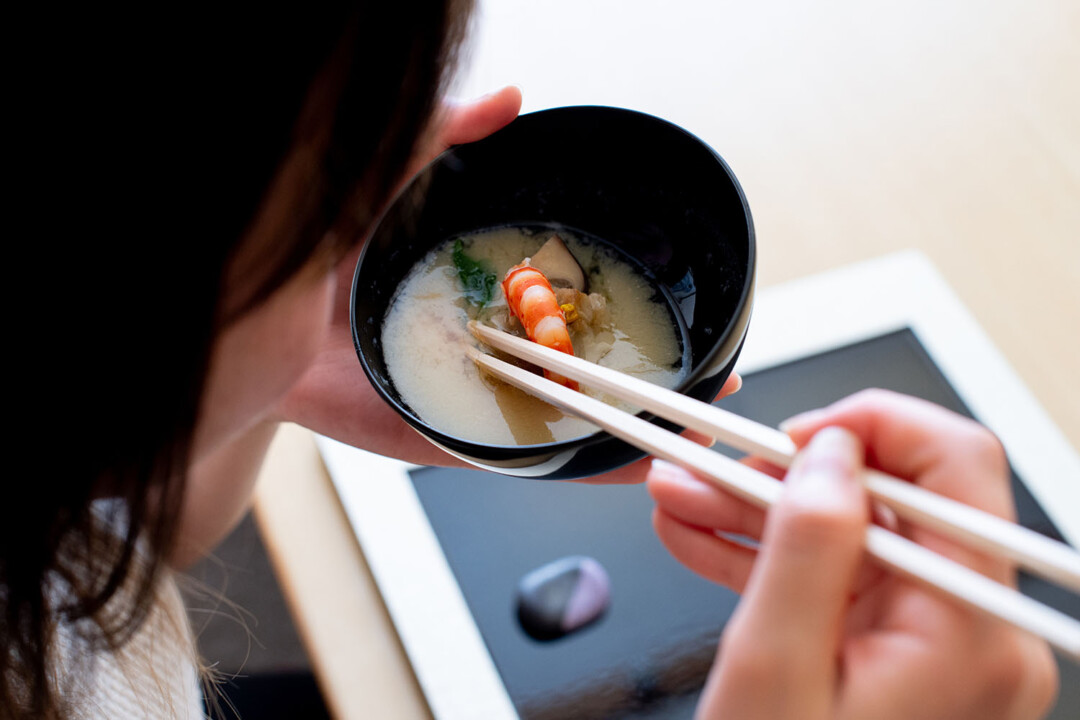
Use your chopsticks to hold back the ingredients, such as kuruma prawn, while you enjoy the suiji (broth).
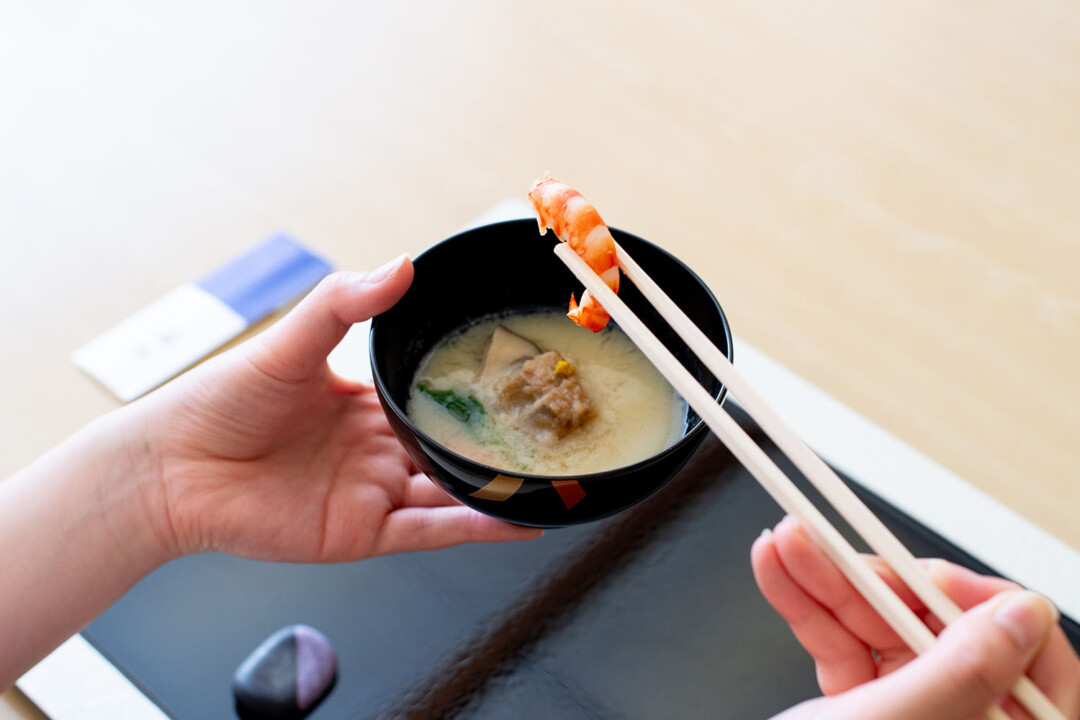
And of course, feel free to enjoy the ingredients, such as the luxurious kuruma prawn in this case. Take your time to savor the aroma and flavor of the dashi (stock used to flavor the broth).
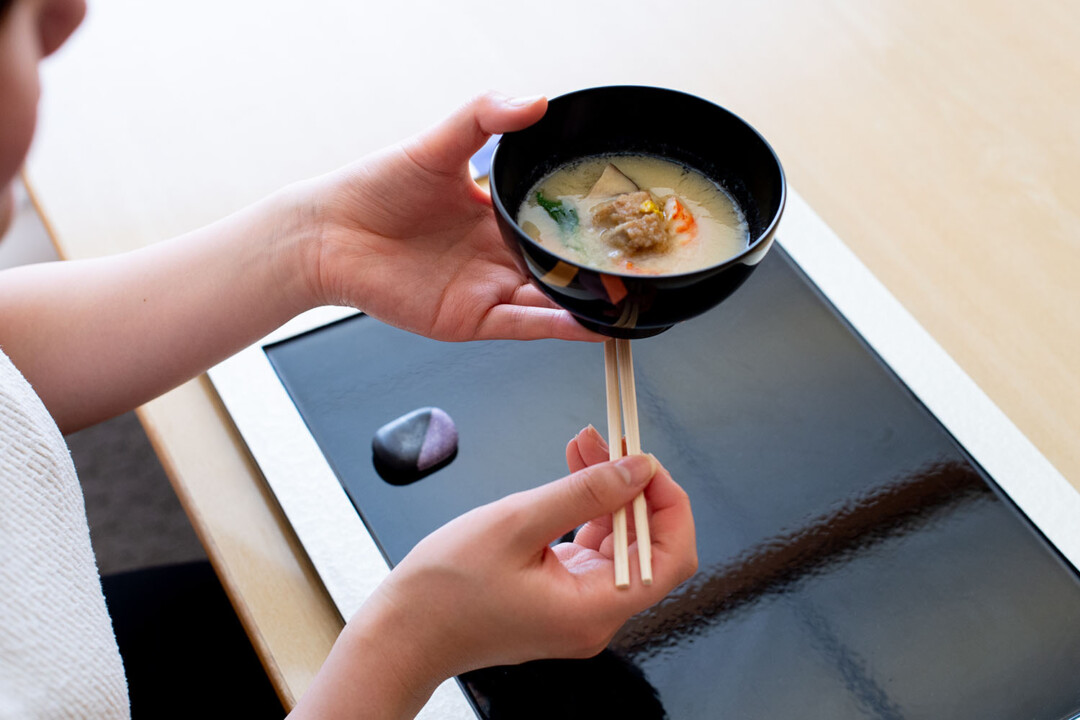

When putting down your chopsticks, be mindful not to handle your chopsticks with only a single hand – instead, use both hands. In the same way as when picking up the chopsticks, first use the middle finger of your left hand to support the chopsticks from below against the index and ring fingers. Then, switch to your right hand…


Use your right hand to return your chopsticks to the chopstick rest, then use both hands to gently place your bowl down.
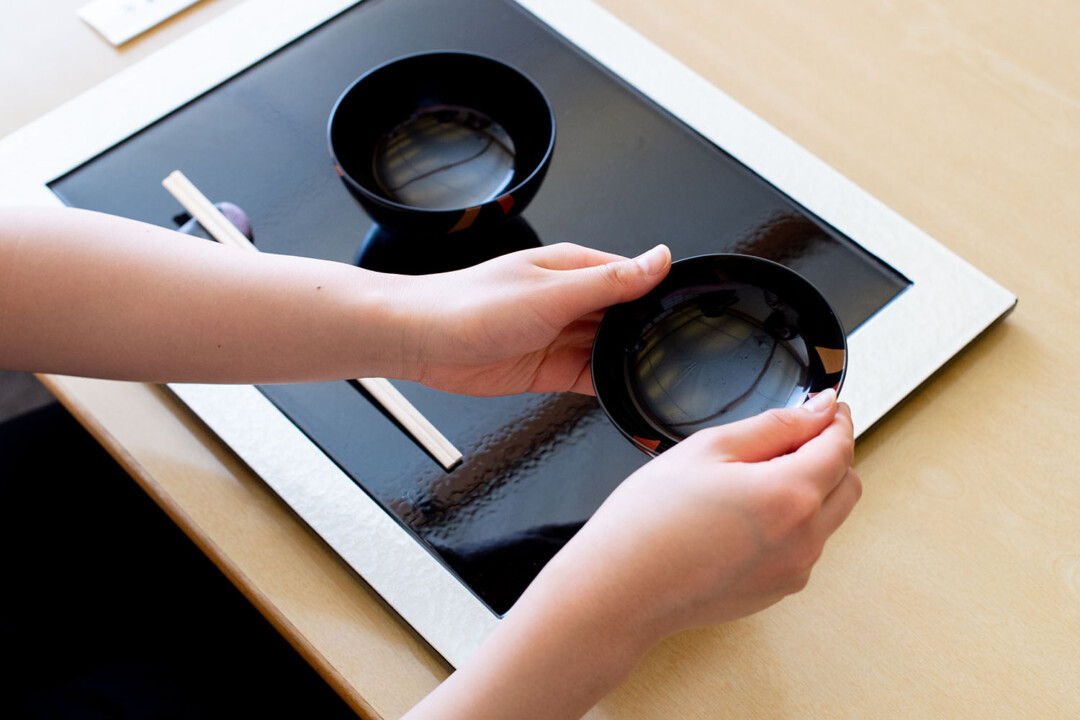
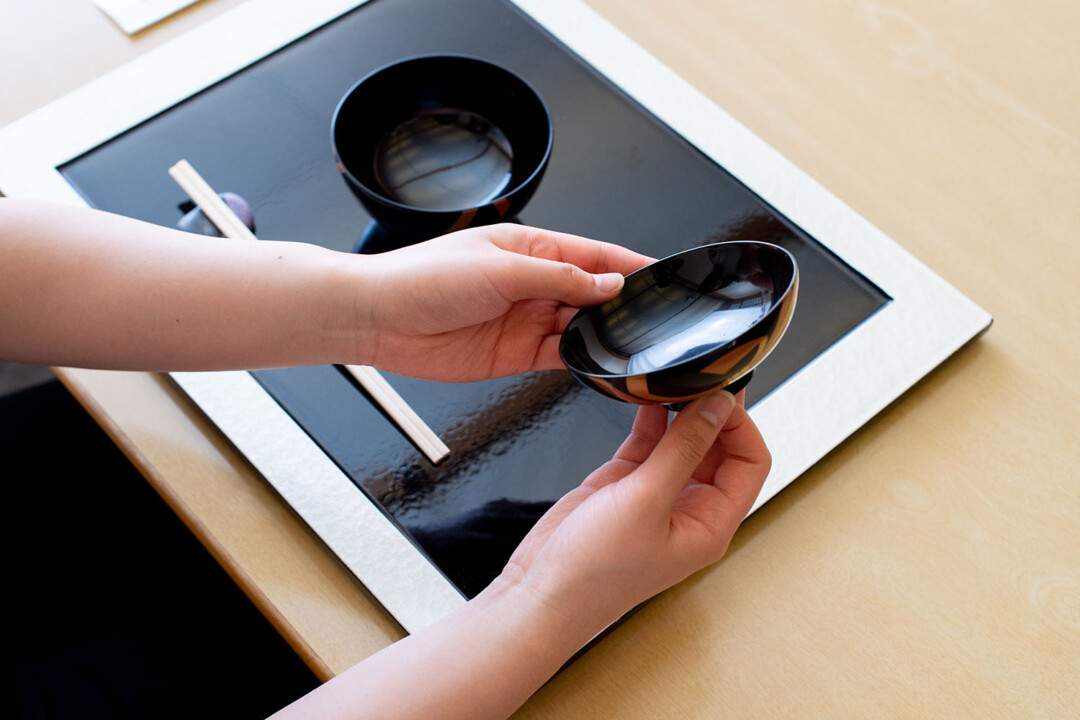
Lastly is the method to return the lid to your bowl. First, lift the lid with both hands, then take hold of the handle with your right hand.
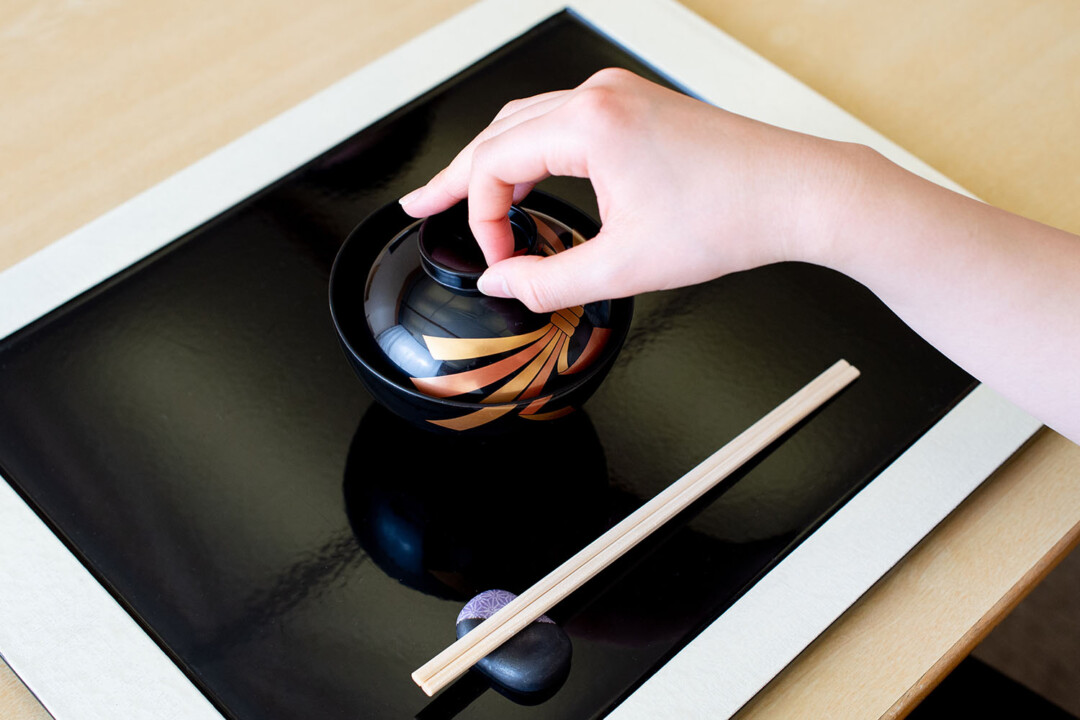
Simply replace the lid to its original position. Taking a moment to realign the patterns on the lid and the bowl is a classy touch.
Sashimi お造り Otsukuri
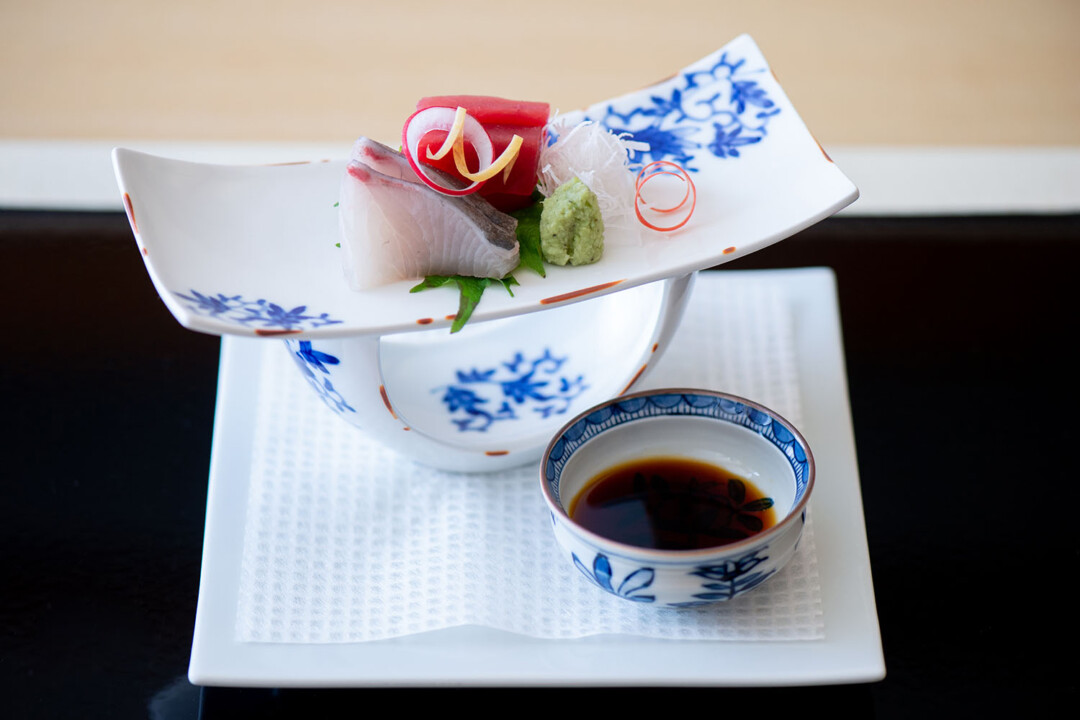
Otsukuri, the sashimi dish, is one of the most anticipated elements of a kaiseki meal. Raw slices of fresh, seasonal fish are served. For sashimi, it’s best to start with mildly-flavored white-fleshed fish, such as tai (bream), then move on to shellfish and fattier fish, such as maguro (tuna). Pictured are shima-aji (white trevally, pictured left) and maguro (tuna, pictured right). We would enjoy this sashimi platter starting from the shima-aji, then moving on to maguro.
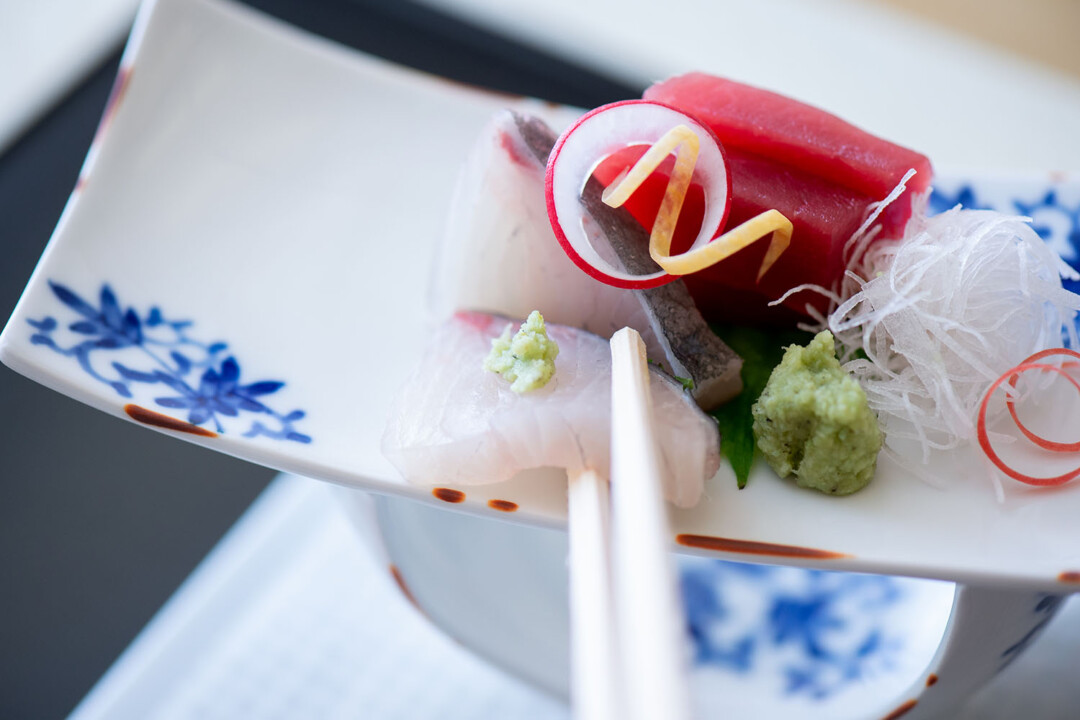
To preserve the beautiful plating, it’s best manners to start from the frontmost slice. Wasabi should not be dissolved into the soy sauce; instead, place a small dab atop the slice of sashimi. For fattier cuts, other garnishes may be added to lighten the flavor and texture.
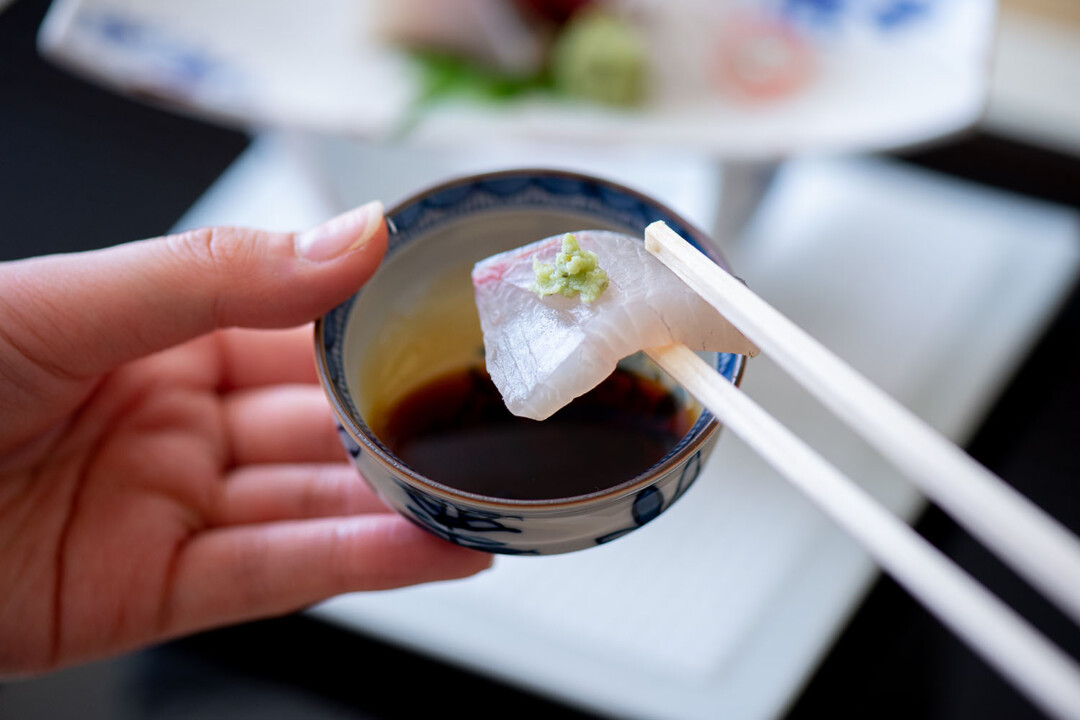
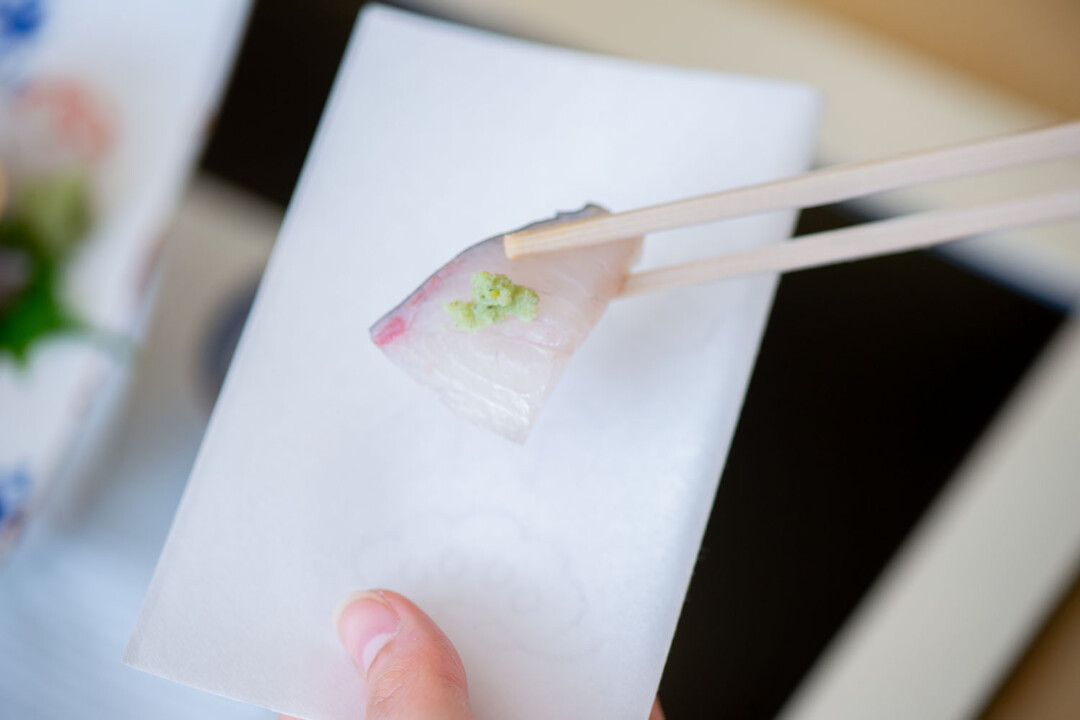
When dipping sashimi in soy sauce, it will be easier to eat if you lift the soy sauce dish with your left hand. Alternatively, you may use the kaishi (serving paper) to prevent soy sauce from dripping.
Roasted Dish 焼物 Yakimono

Following otsukuri is yakimono, a roasted dish. Instead of lifting the entire item to your mouth, use your chopsticks to cut it into bite-size pieces. The pictured items are managatsuo no kyosai-yaki (silver pomfret butterfish roasted in white miso) and hotate no yuzu-yaki (scallop roasted in yuzu citron). The garnish of hajikami shoga (pickled ginger sprouts) is not only decorative, but may also be eaten, and is useful as a palate cleanser before the next course.
You may also use your hands to eat items such as shrimp in their shells, if served.
Deep-fried Dish 揚物 Agemono

Yakimono is commonly followed by agemono (deep-fried dish). We were served an assortment of tempura, including ebi (shrimp), kisu (whiting), shishito pepper, kabocha squash, and more. Again, it is proper etiquette to eat items from the front first, so as not to disrupt the beautiful plating. Like with sashimi, general practice is to begin with lighter-flavored items and progress towards richly-flavored items.

Tempura is best enjoyed right away, while still hot. We recommend enjoying the first bites seasoned simply with salt. Pinch some salt between your fingertips, and sprinkle the desired amount.

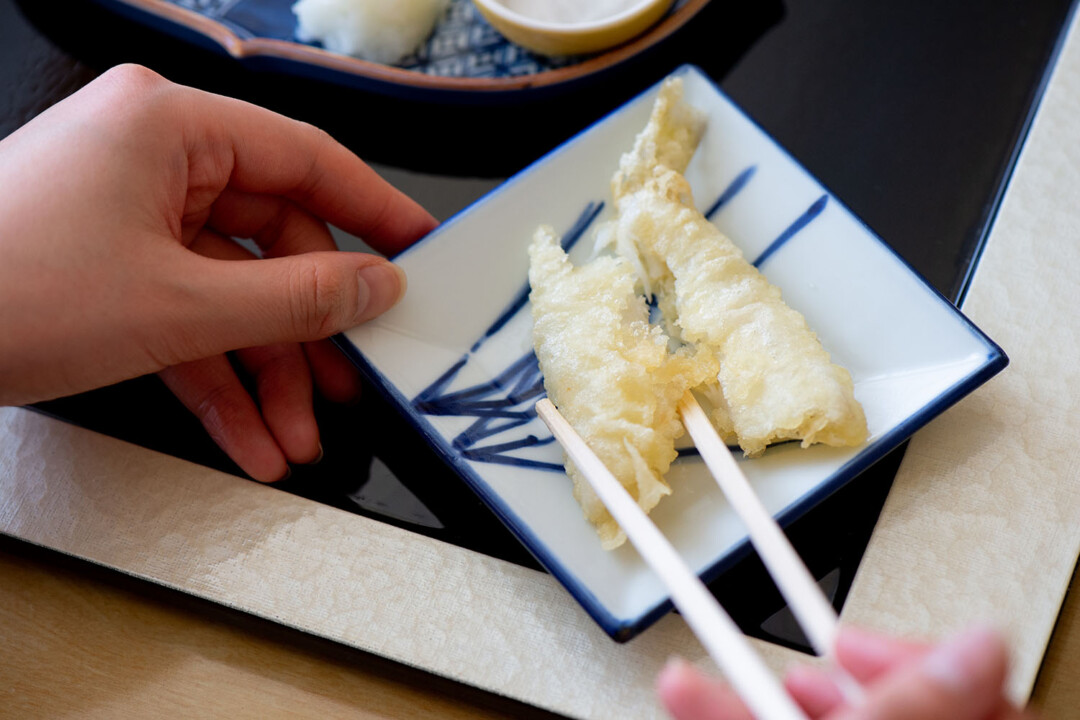
This generously-sized kisu-ten (tempura of whiting) should be broken into bite-size pieces with chopsticks. It is poor etiquette to return a partly-eaten piece to your plate.
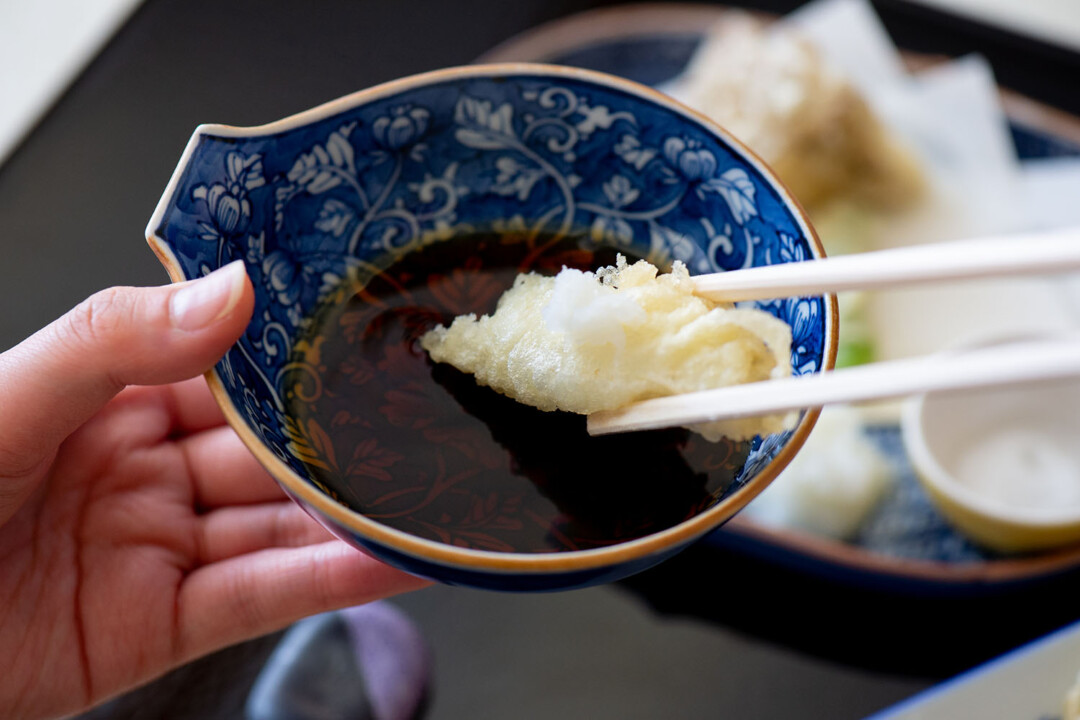
When dipping into the tentsuyu (tempura sauce), it’s ideal to place a bit of daikon oroshi (grated daikon radish) atop the piece of tempura before briefly dipping. Alternatively, you may mix daikon oroshi into the tentsuyu.
Simmered Dish 煮物 Nimono

Following the yakimono dish, you can expect a seasonal arrangement of dishes such as agemono, mushimono (steamed dish), and nimono (simmered dish). Nimono is sometimes also called atsumono, which literally means “warm dish”.
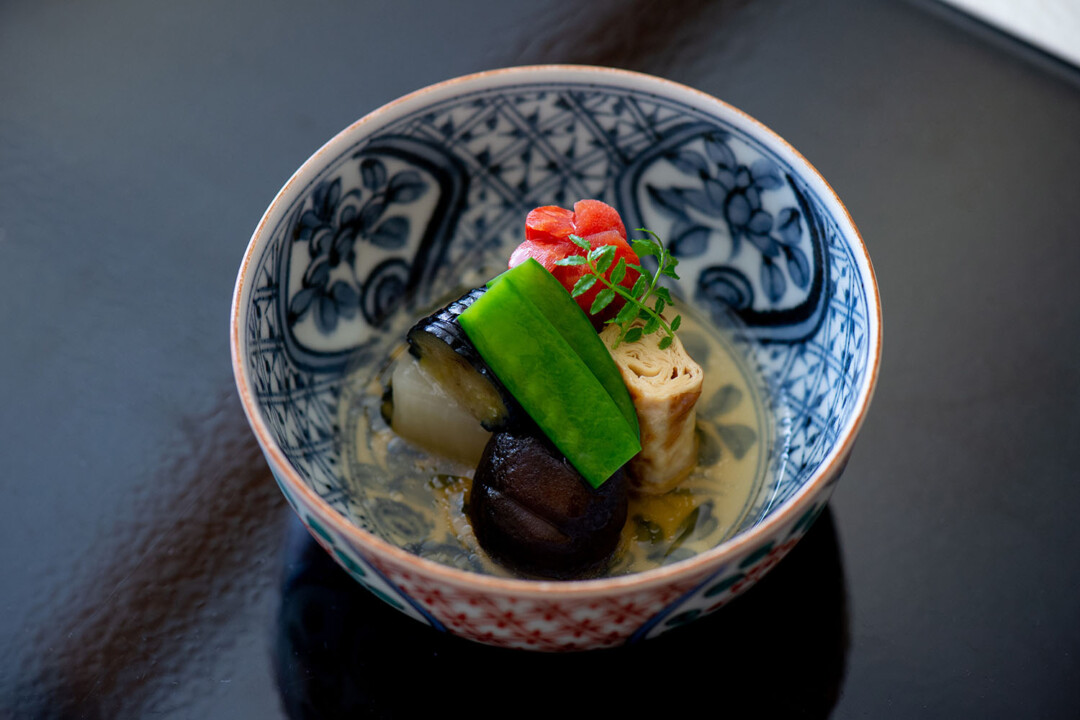
Pictured is an assortment of simmered seasonal vegetables. As before, once you remove the lid, take a moment to appreciate the fragrance of the dashi soup stock.
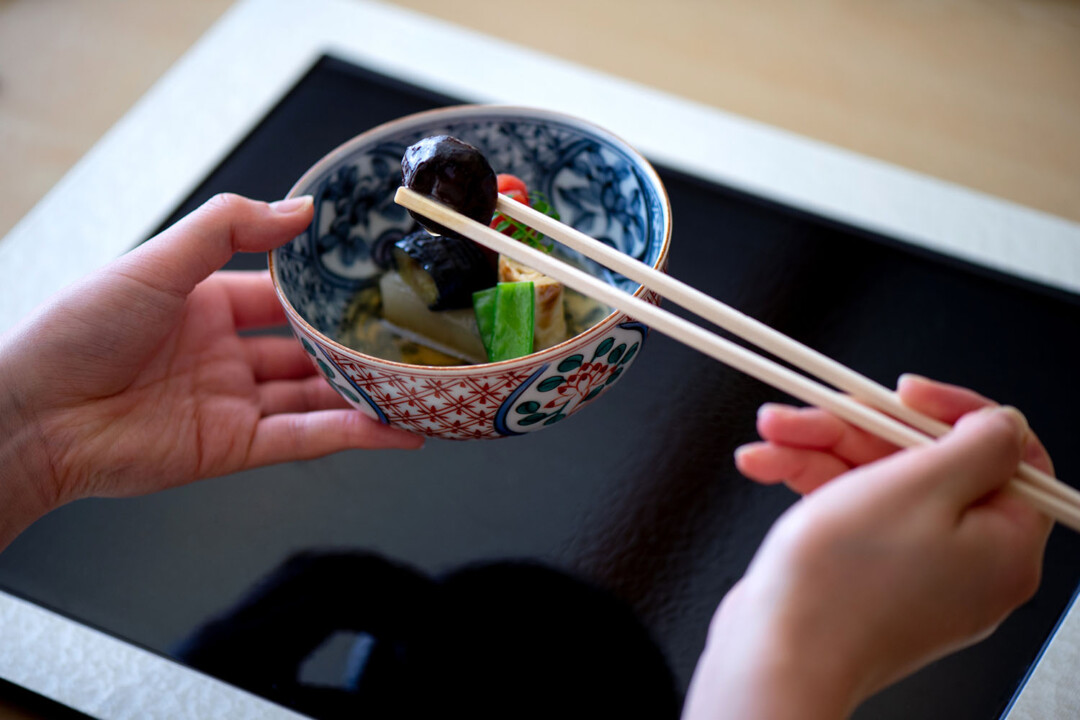
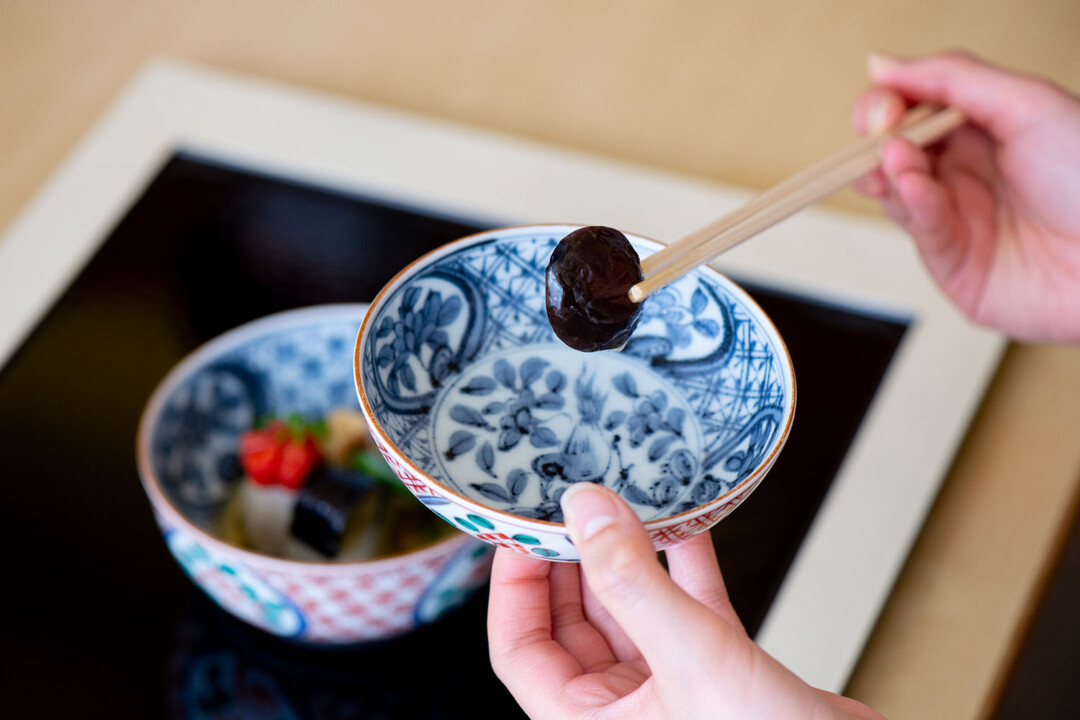
It is acceptable to hold the bowl while enjoying nimono. However, please don’t use the lid as a plate – that is quite poor manners, as pictured right.
Rice Dish 食事 Shokuji
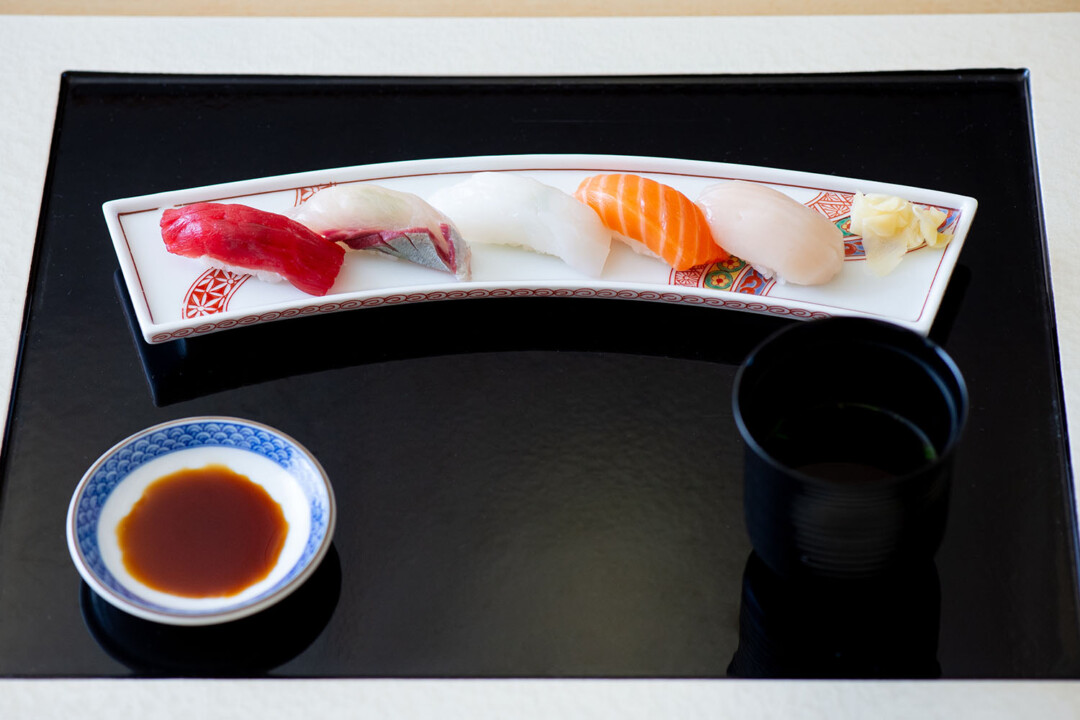
At the conclusion of a kaiseki meal, a rice dish is served together with a bowl. This bowl is called tomewan, and commonly contains miso soup. This combination is recognized as the last dish of the meal. At Shimizu Japanese Restaurant, nigirizushi (hand-formed sushi) are served. From left are maguro (tuna), shima-aji (white trevally), ika (cuttlefish), salmon, and hotate (scallop).

When picking up sushi with chopsticks, it’s good style to turn the sushi on its side, so that the neta (sushi topping) is dipped into the soy sauce. Be mindful that if the shari (sushi rice) side contacts the soy sauce, it may fall apart.
Dessert 甘味 Kanmi
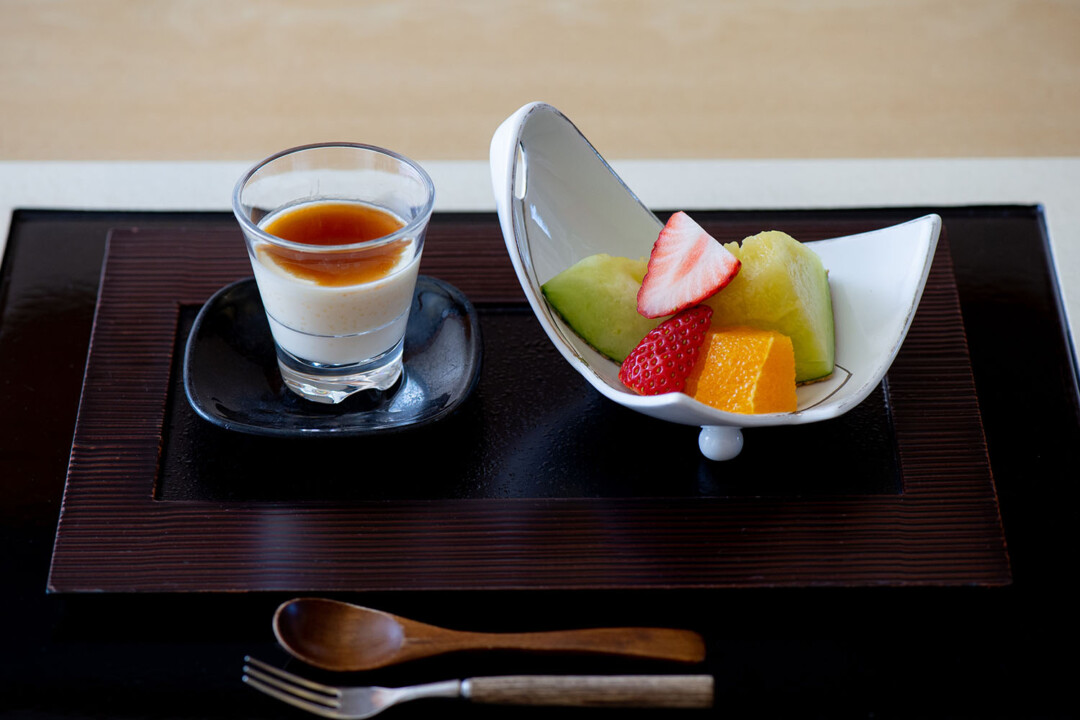
Similar to western course dining, dessert is served after the meal. Items such as fruit and wagashi (traditional Japanese confectionery) are common. Enjoy these sweets as you reflect upon your wonderful kaiseki course meal.
Extra Tip #1: How to use oshibori (Japanese hand towel)

At restaurants serving Japanese cuisine, you are certain to find oshibori (wet hand towels). As tatami is also walked upon, the original purpose of oshibori is to cleanse the hands after touching tatami and before the meal.
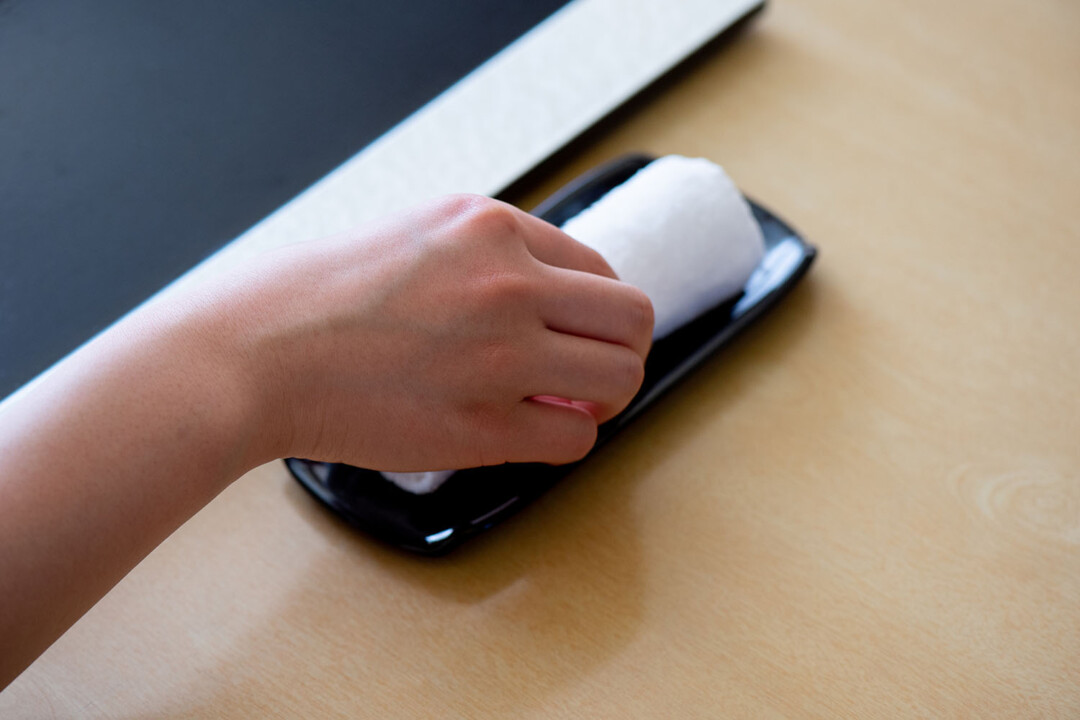
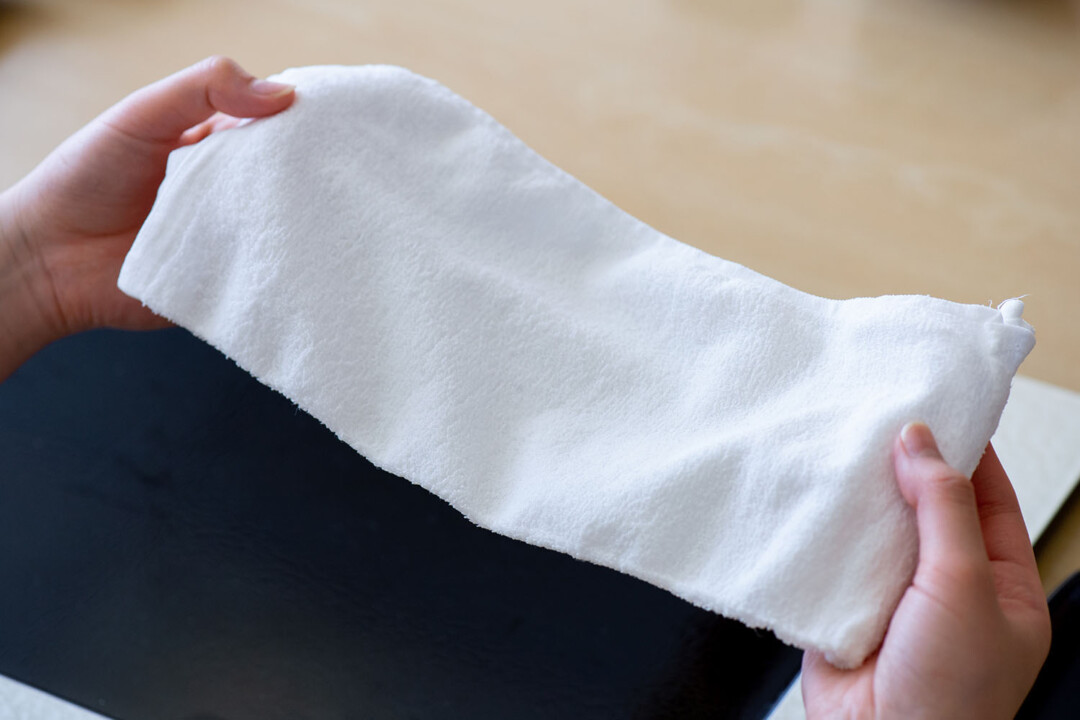
Lift the oshibori, and unroll it…
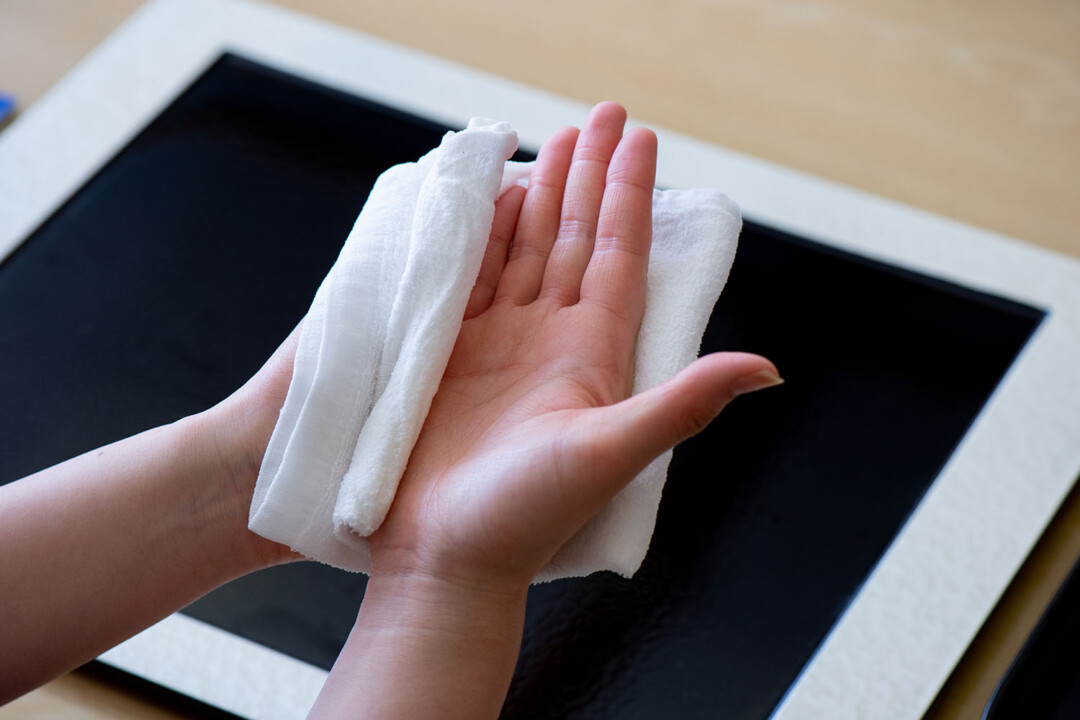
Slowly and methodically wipe your hands. This produces a somewhat calming effect.
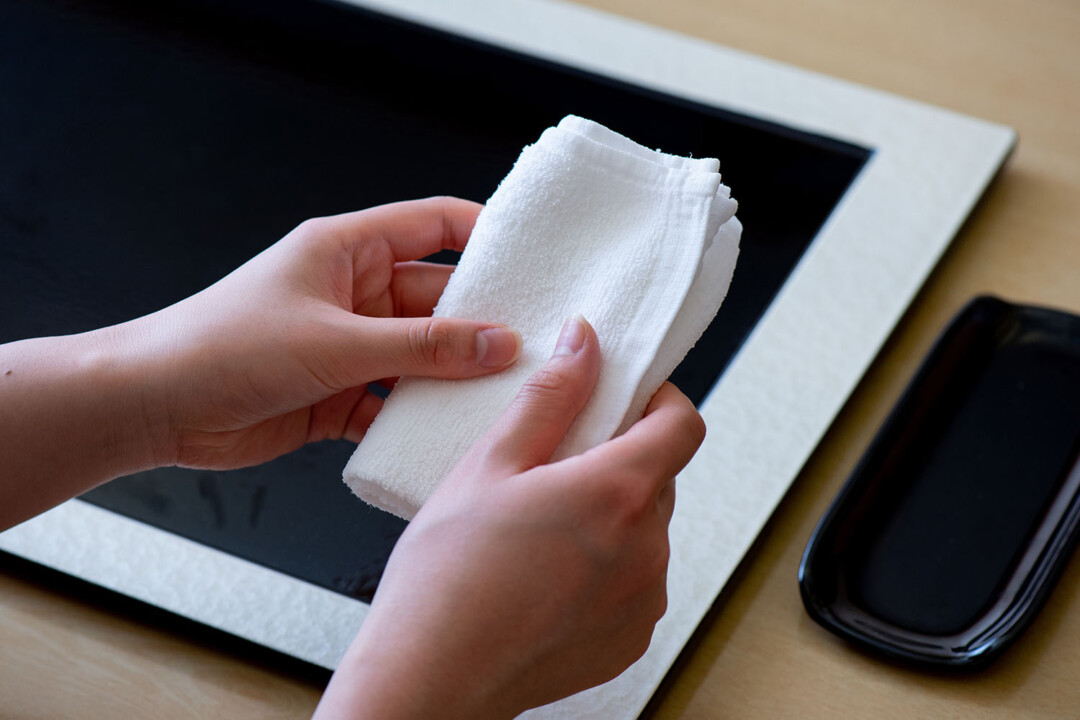
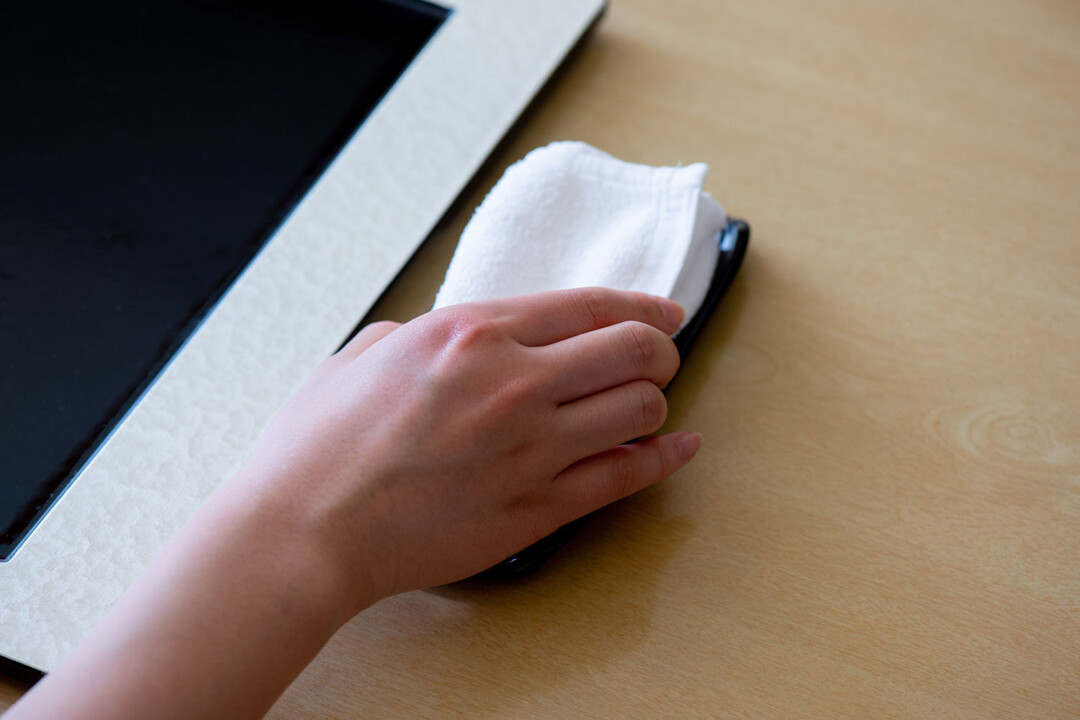
Lightly fold up the used oshibori and return it to its original position.
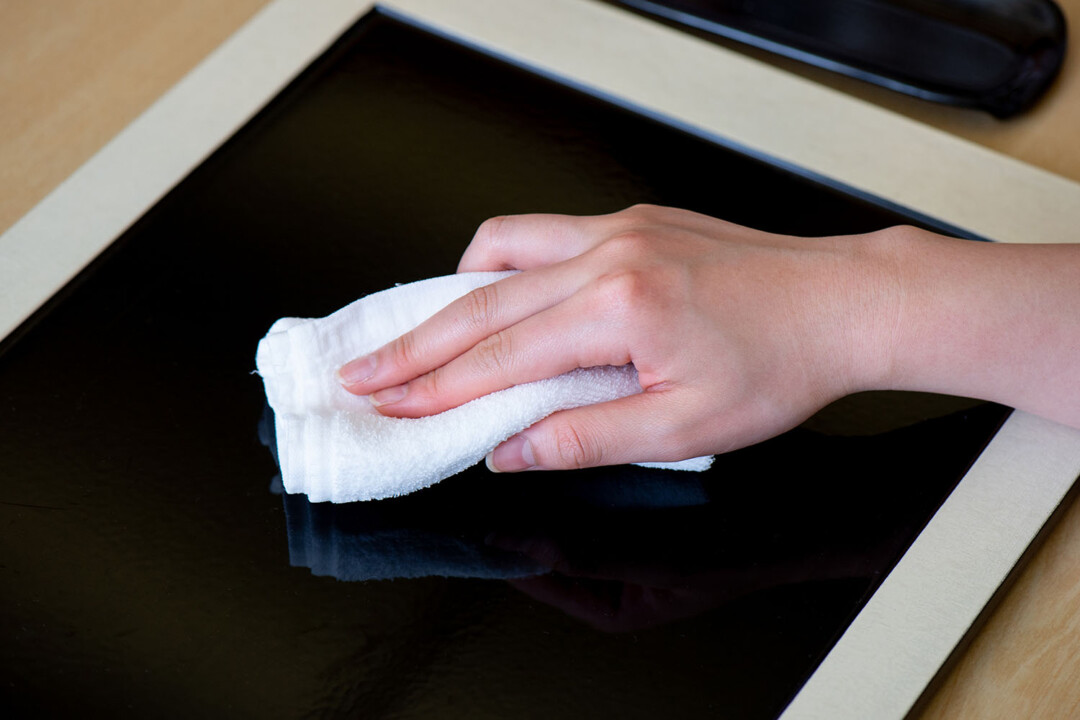
By the way, it is poor manners to use the oshibori to wipe the table or tray. Keep in mind that the purpose of the oshibori is to cleanse the hands. If you need to clean something else, use a napkin or similar.
Extra Tip #2: How to drink nihonshu (sake)
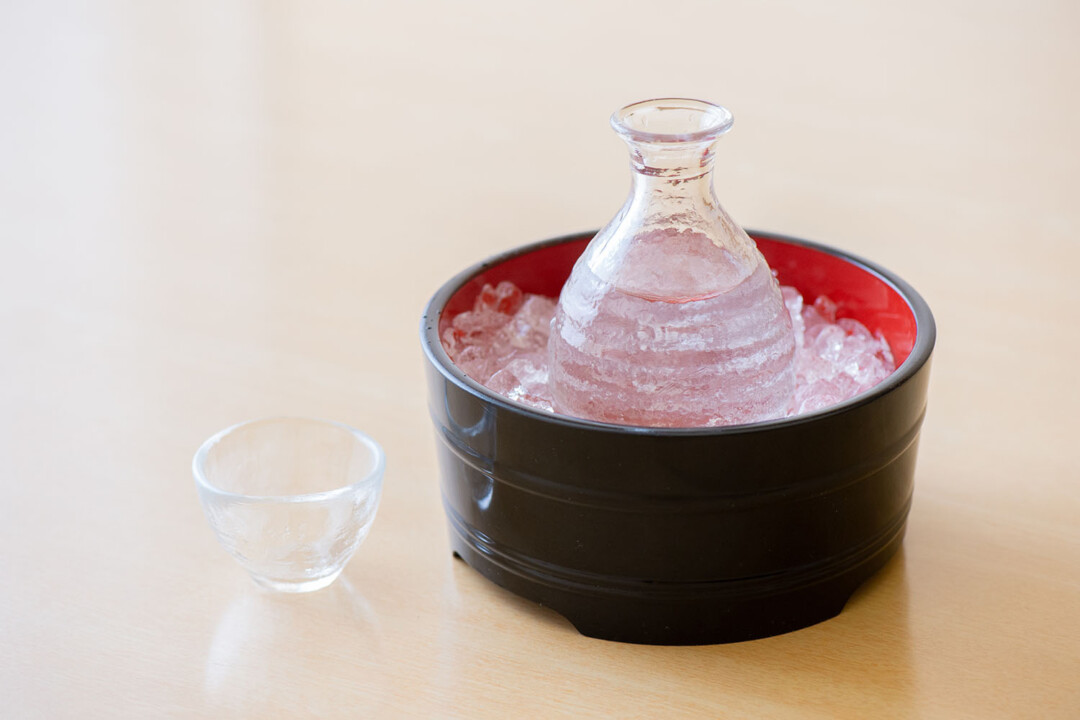
What could pair more perfectly with kaiseki dining than nihonshu (sake)? You might ask your hosts to recommend seasonal sake to suit the dishes of the day.
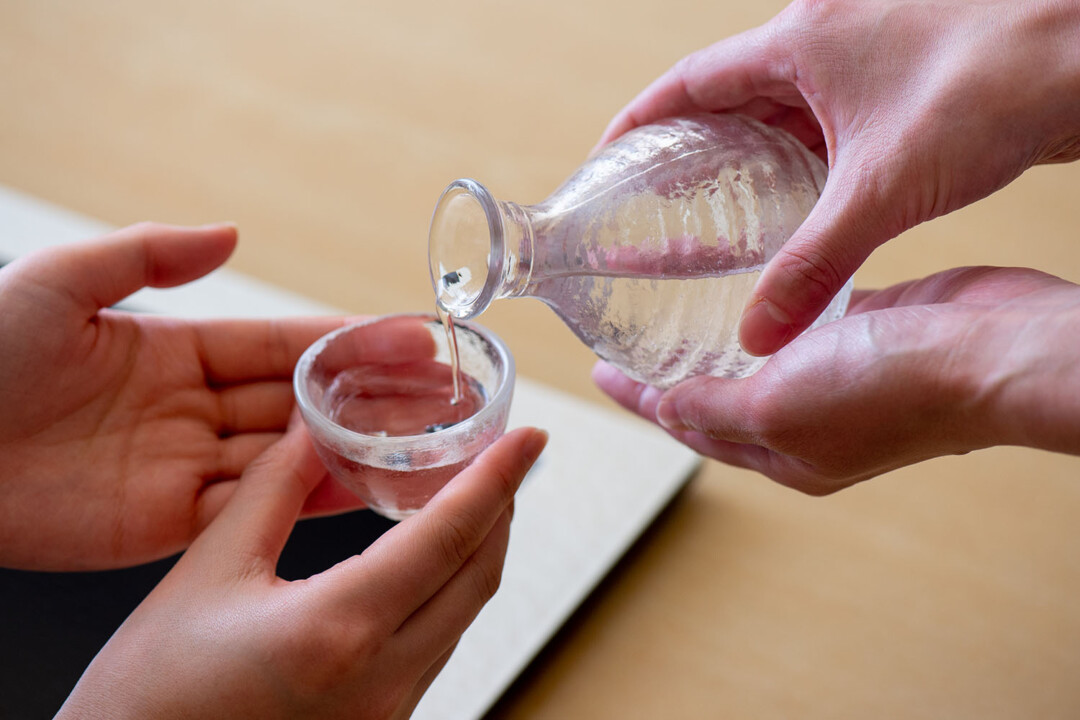
When receiving sake poured from the tokkuri (sake serving flask) into your choko (sake cup), be certain to always use both hands. When offering sake, it is also common courtesy to use both hands on the tokkuri.
In this article, we’ve introduced an example kaiseki dining course. The order of dishes depends on the restaurant, but knowing the basics will make kaiseki more approachable. Mastering the smart ways to enjoy kaiseki cuisine is a true sign of sophistication.
This Japanese-style restaurant is located in Grand Prince Hotel Shin Takanawa, in Shinagawa, Tokyo. While honoring the traditions of Japanese cuisine, Shimizu Japanese Restaurant offers modern innovations on kaiseki cuisine, Edomae sushi, and yakitori. With a wide range of nihonshu (sake) available, this venue is popular among locals and international tourists alike.
*The information is based on the time of reporting or creation, and may differ from the current situation.
share:










